At Risk Youth Programs
Our programs for at-risk youth provide a supportive community, improved decision-making skills, and increased self-esteem.
At-Risk Youth Programs
Our programs for at-risk youth provide a supportive community, improved decision-making skills, and increased self-esteem.
At-risk youth and young adults in inner cities face formidable challenges

- Education Disparities
- High dropout rates due to limited access to quality education.
- Insufficient resources in inner-city schools, impacting academic performance.
- High Dropout Rates
- Elevated dropout rates exacerbate the cycle of poverty and limit future opportunities.
- Socioeconomic factors contribute to students leaving education prematurely.
- Prison Involvement
- Disproportionate representation in the criminal justice system.
- Systemic issues leading to a higher likelihood of incarceration among inner-city youth.
- Crime and Violence
- Exposure to crime and violence in their neighborhoods.
- Limited community resources for crime prevention and intervention.
- Limited Economic Opportunities
- Fewer employment opportunities, perpetuating financial instability.
- Economic challenges contribute to engagement in illegal activities.
- Family Instability
- Higher rates of broken families and unstable home environments.
- Lack of positive role models impacting personal development.
At-risk youth and young adults in inner cities face formidable challenges
- Education Disparities
- High dropout rates due to limited access to quality education.
- Insufficient resources in inner-city schools, impacting academic performance.
- High Dropout Rates
- Elevated dropout rates exacerbate the cycle of poverty and limit future opportunities.
- Socioeconomic factors contribute to students leaving education prematurely.
3. Prison Involvement
- Disproportionate representation in the criminal justice system.
- Systemic issues leading to a higher likelihood of incarceration among inner-city youth.
- Crime and Violence
- Exposure to crime and violence in their neighborhoods.
- Limited community resources for crime prevention and intervention.
- Limited Economic Opportunities
- Fewer employment opportunities, perpetuating financial instability.
- Economic challenges contribute to engagement in illegal activities.
- Family Instability
- Higher rates of broken families and unstable home environments.
- Lack of positive role models impacting personal development.
Addressing these challenges requires holistic strategies, emphasizing education, community support, and empowerment to break the cycle of disadvantage for at-risk youth in inner cities.
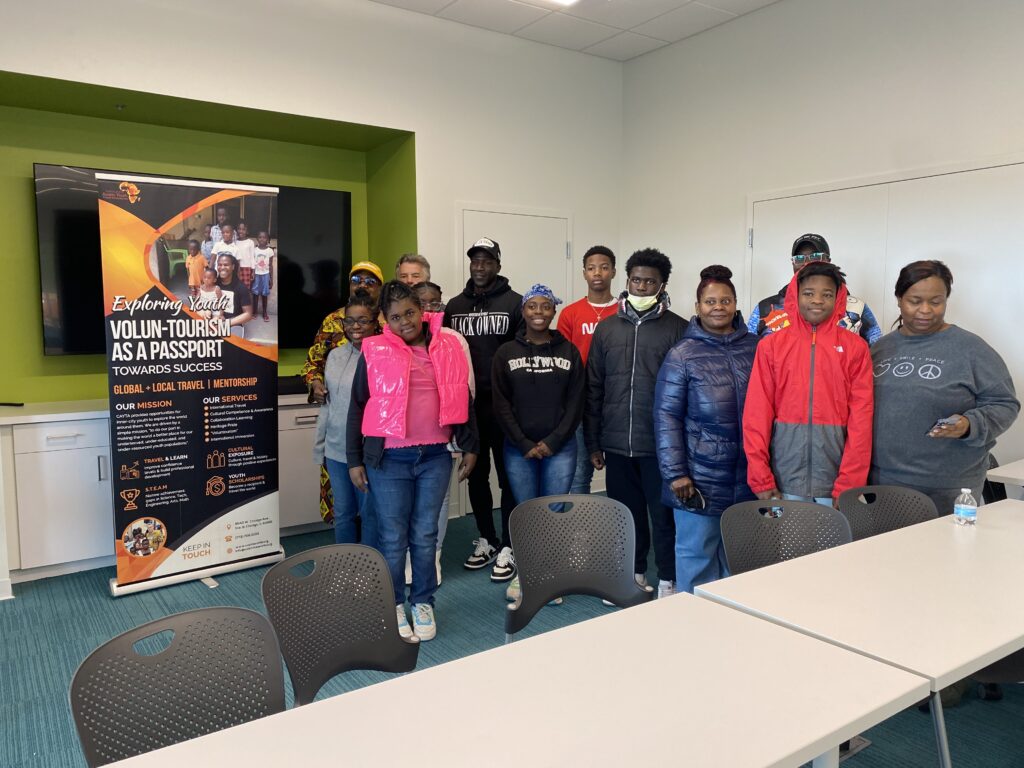
The 3 C's
The 3 C's
1. Our Choices
- Our lives are shaped by the choices we make. Every decision, big or small, determines our path. The importance of choices lies in the fact that they are the building blocks of our journey.
- Choices are not always easy, but they are powerful. They define our character and values, and they shape our future. It’s crucial to make informed, responsible choices that align with our goals and values.
- Choices also affect the lives of those around us. The decisions we make impact not only our destiny but also the people we care about. Therefore, it’s vital to be mindful and responsible in our choices.

3. Change
- Change is a constant in life. It’s essential to embrace change as a natural part of our journey. Change can be driven by choices we make or chances we take.
- Highlight the transformative power of change. Through change, we can learn, grow, and evolve. (Encourage the audience to be adaptable and open to new experiences.)
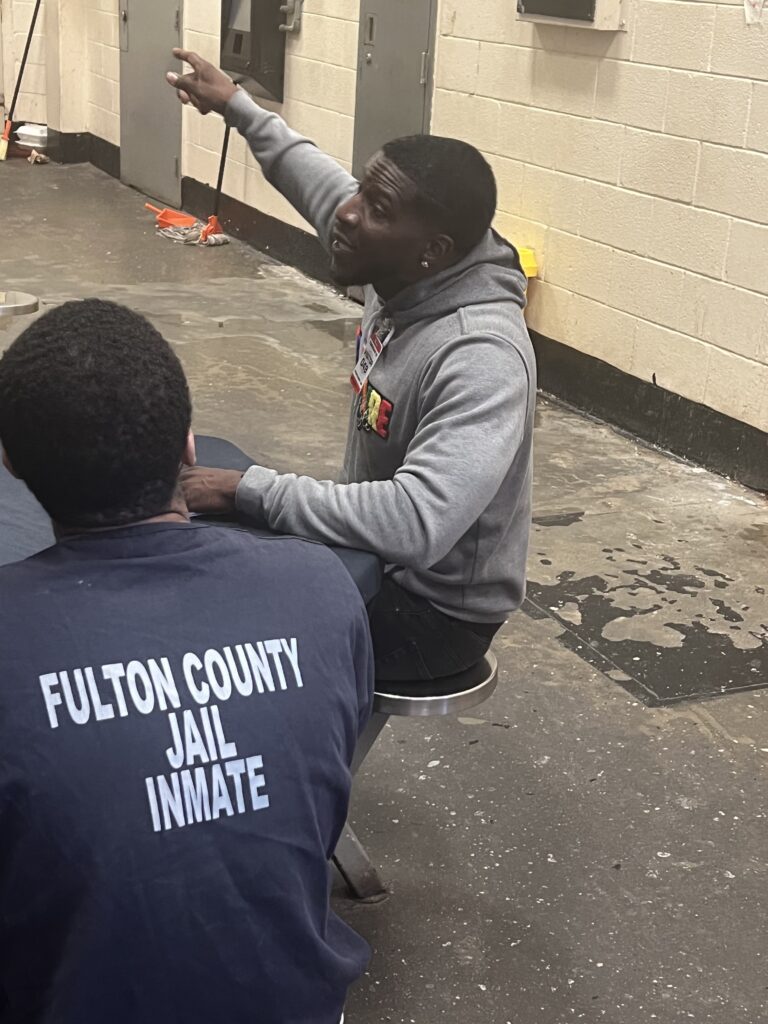
2. Chance
- Chance represents the opportunities that come our way, often unpredictably. Life is full of chances, some of which we may not even recognize. It’s essential to be open to these opportunities.
- While we can’t always control the chances that come our way, we can control how we respond to them. Sometimes, taking a chance and seizing an opportunity can lead to incredible growth and progress.

1. Our Choices
- Our lives are shaped by the choices we make. Every decision, big or small, determines our path. The importance of choices lies in the fact that they are the building blocks of our journey.
- choices are not always easy, but they are powerful. They define our character and values, and they shape our future. It’s crucial to make informed, responsible choices that align with our goals and values.
- Choices also affect the lives of those around us. The decisions we make impact not only our destiny but also the people we care about. Therefore, it’s vital to be mindful and responsible in our choices.

2. Chance
- Chance represents the opportunities that come our way, often unpredictably. Life is full of chances, some of which we may not even recognize. It’s essential to be open to these opportunities.
- While we can’t always control the chances that come our way, we can control how we respond to them. Sometimes, taking a chance and seizing an opportunity can lead to incredible growth and progress.

3. Change
- Change is a constant in life. It’s essential to embrace change as a natural part of our journey. Change can be driven by choices we make or chances we take.


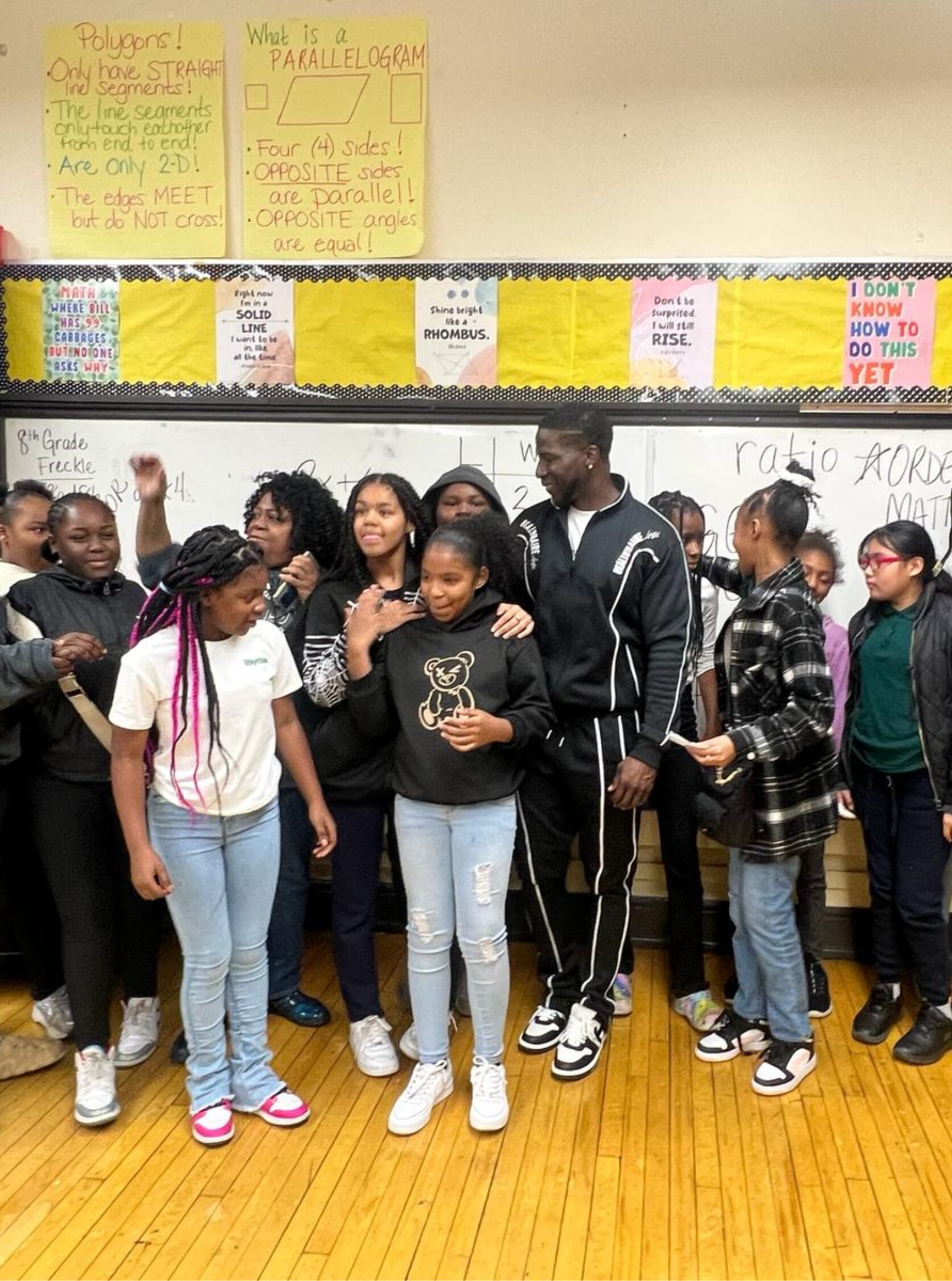

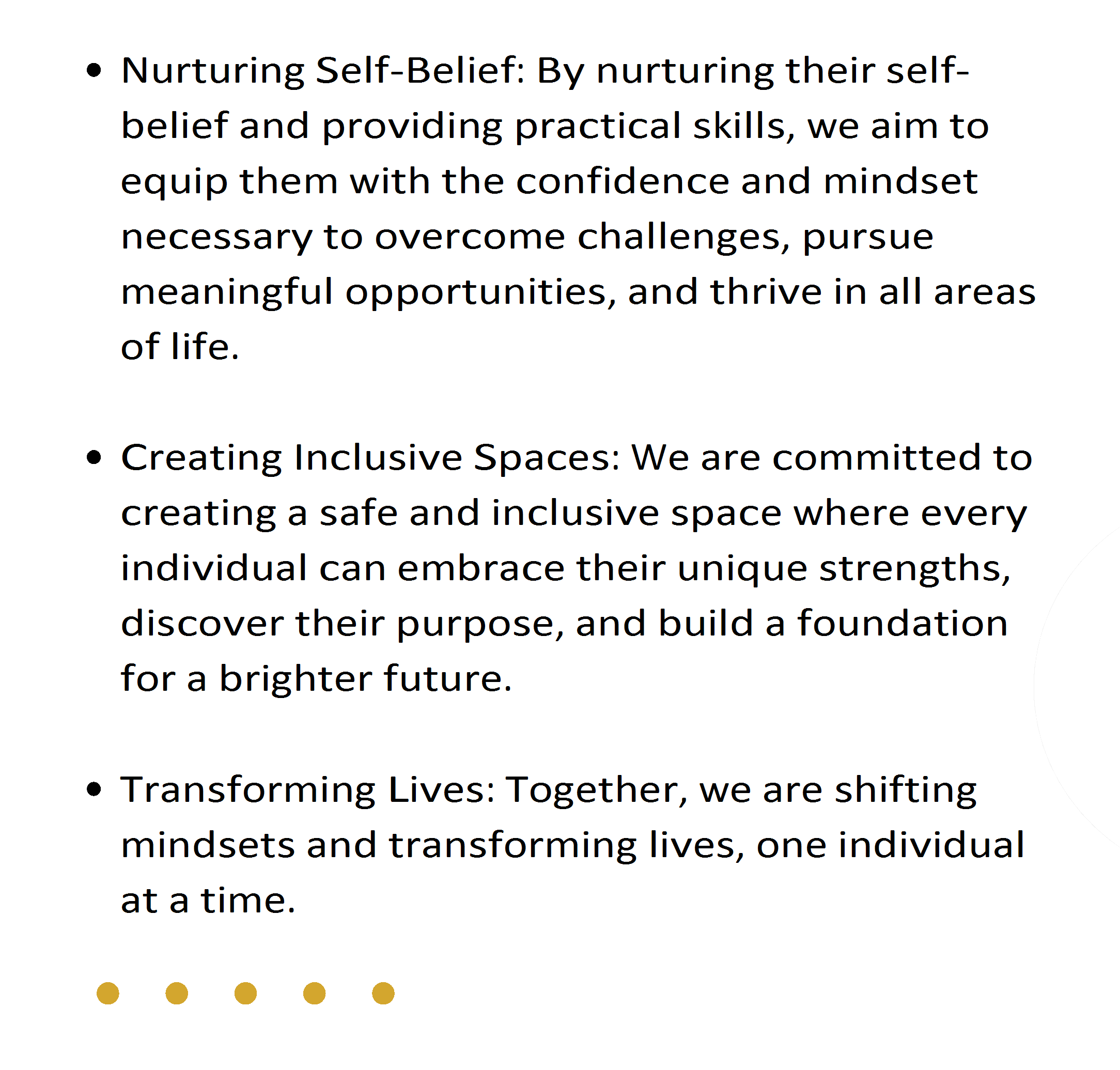




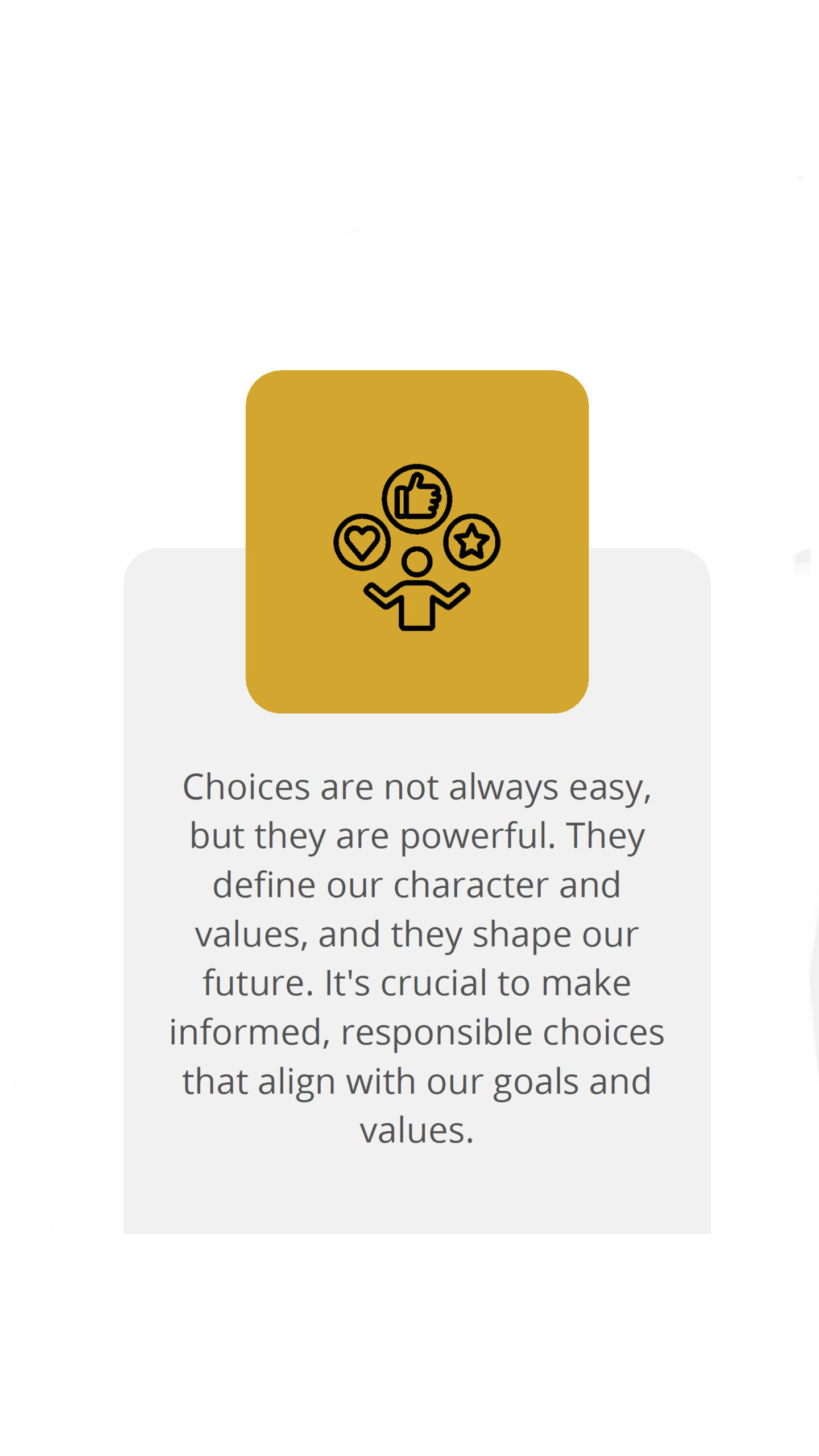
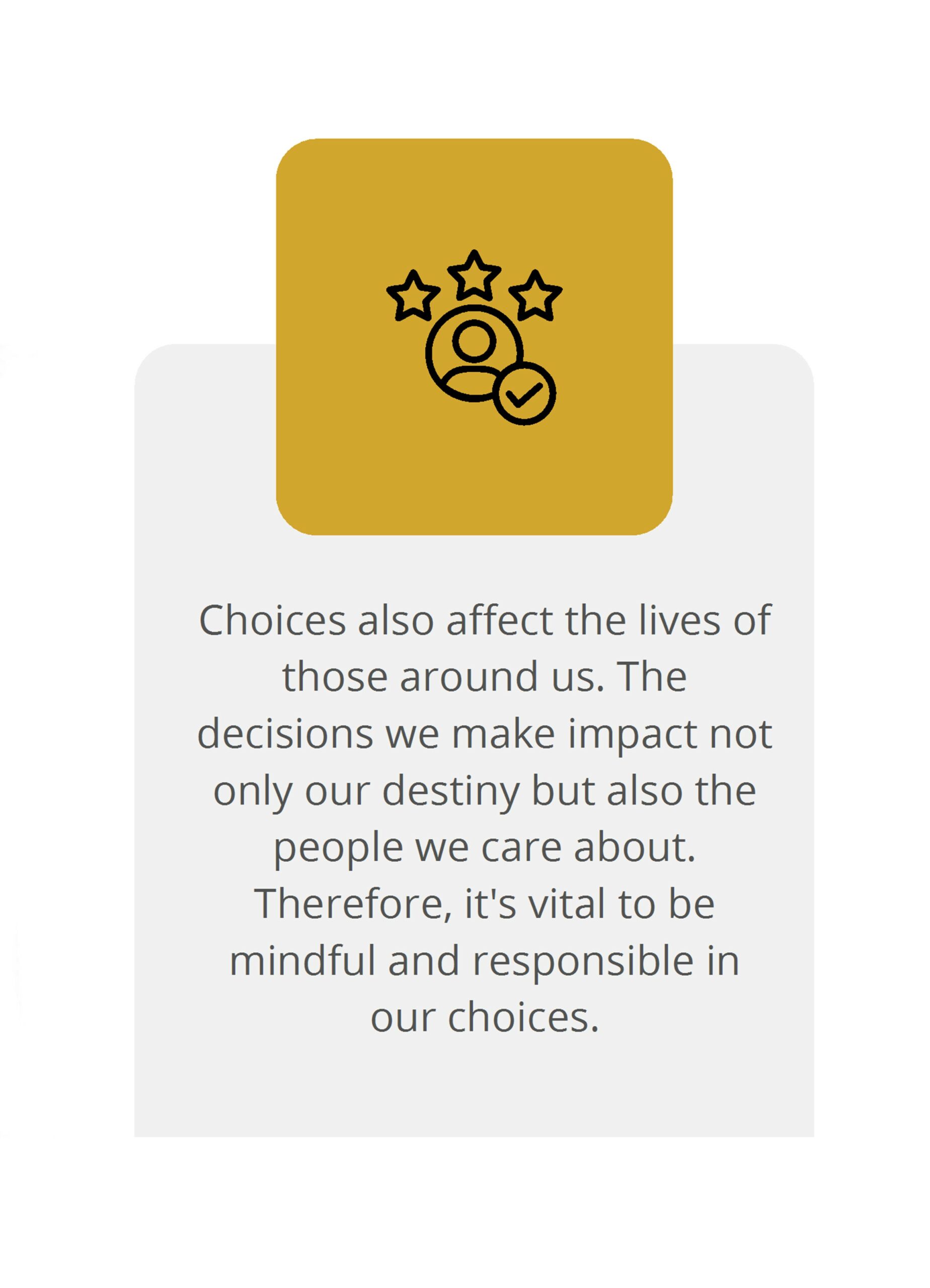
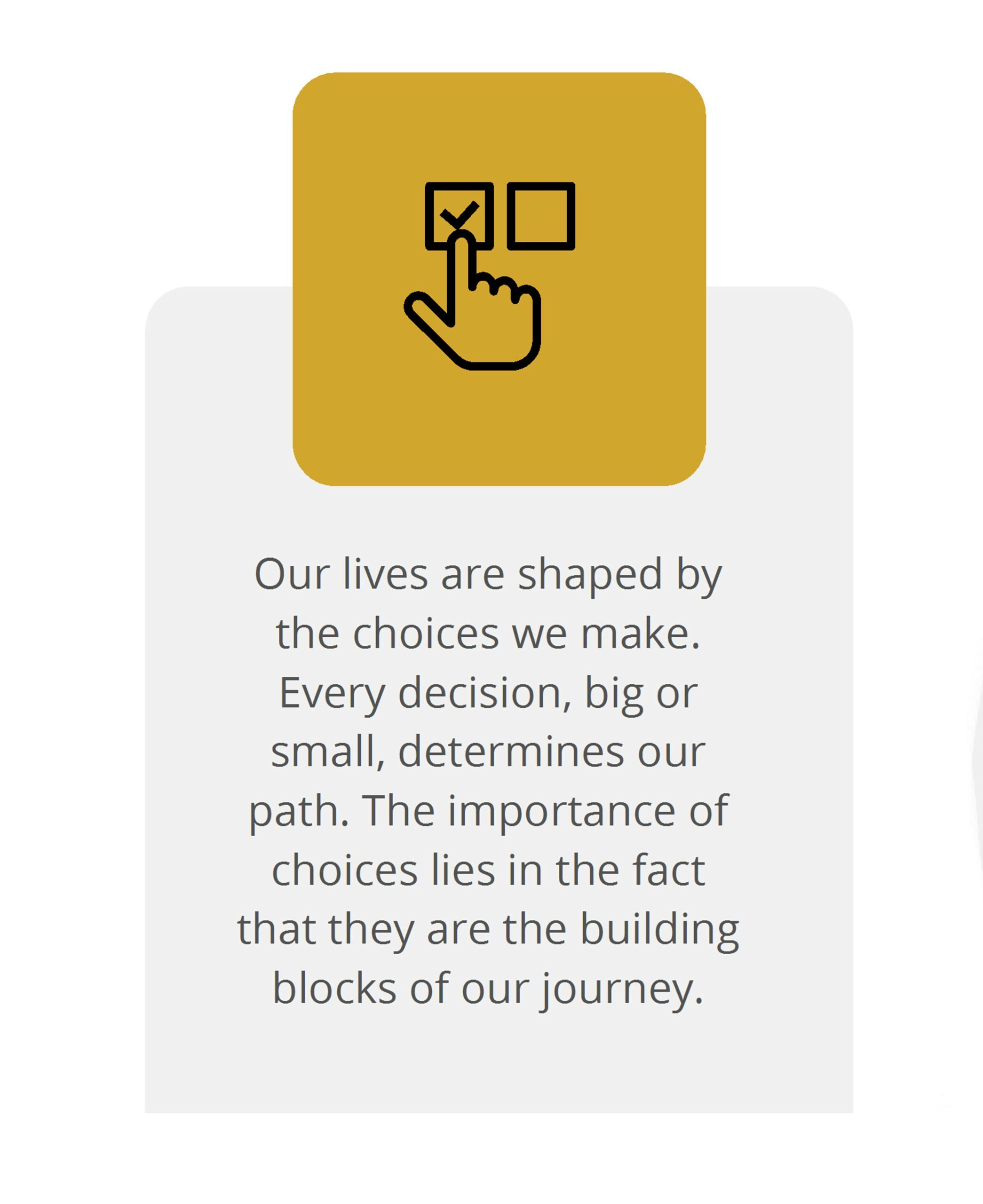



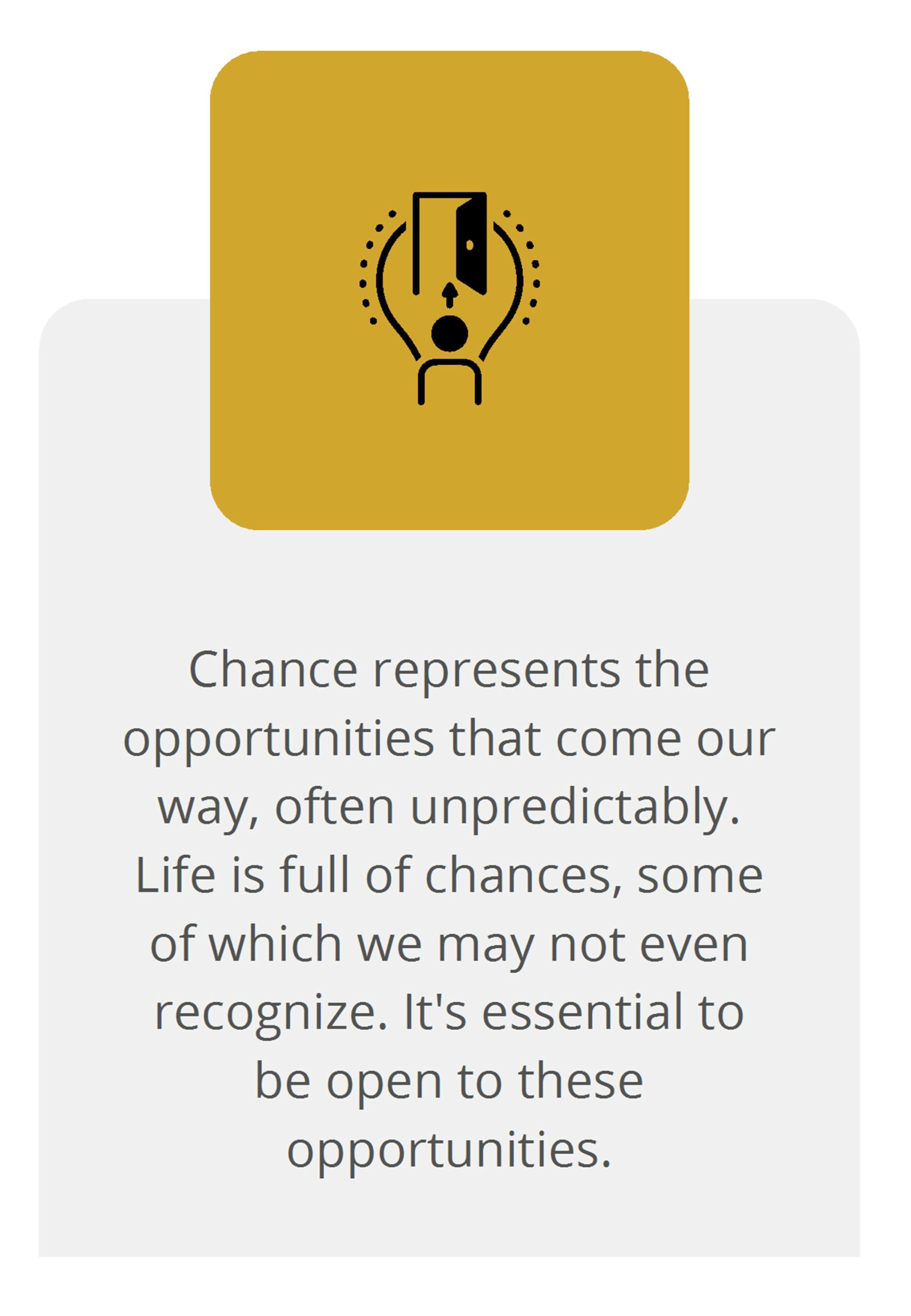


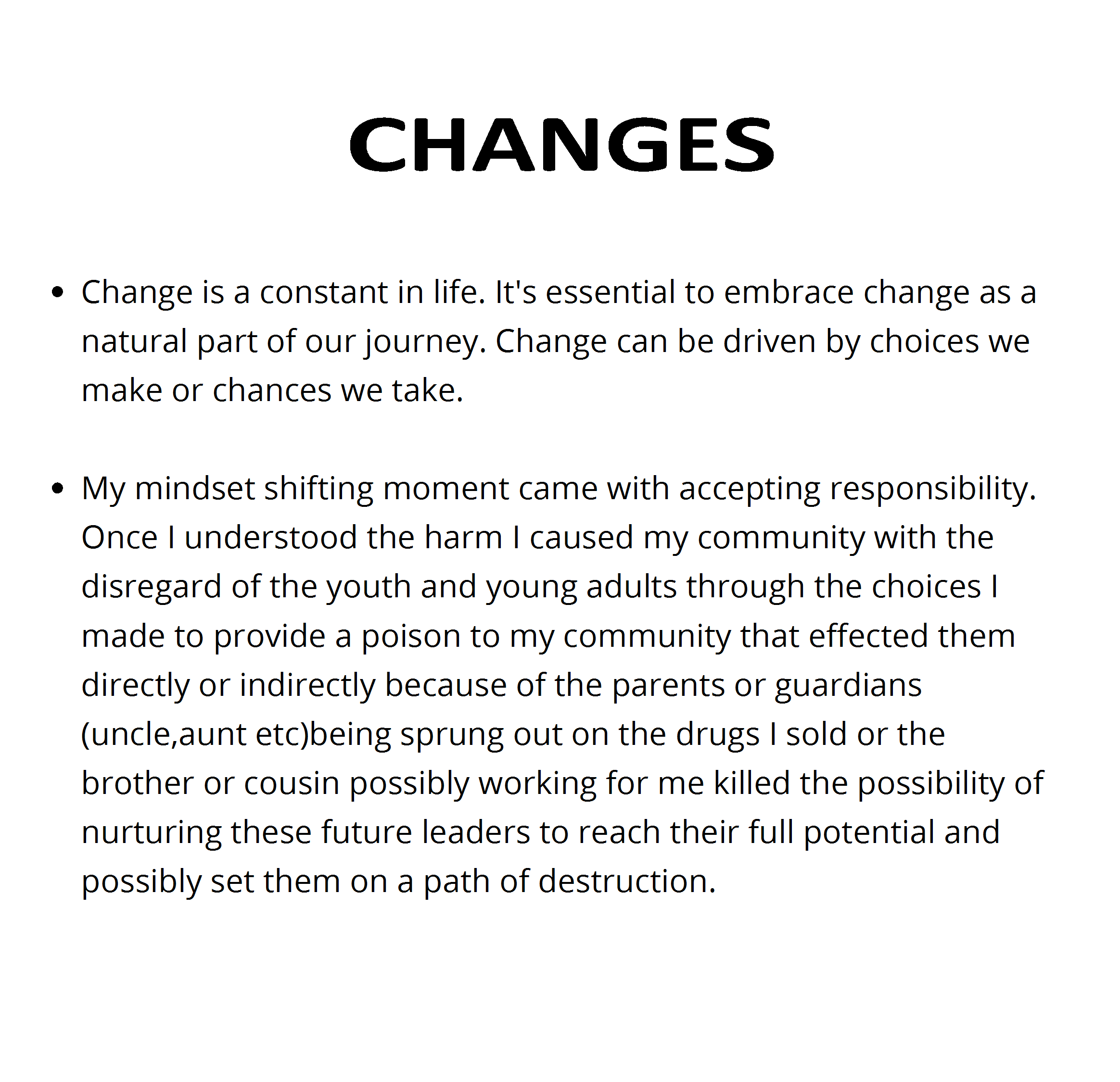

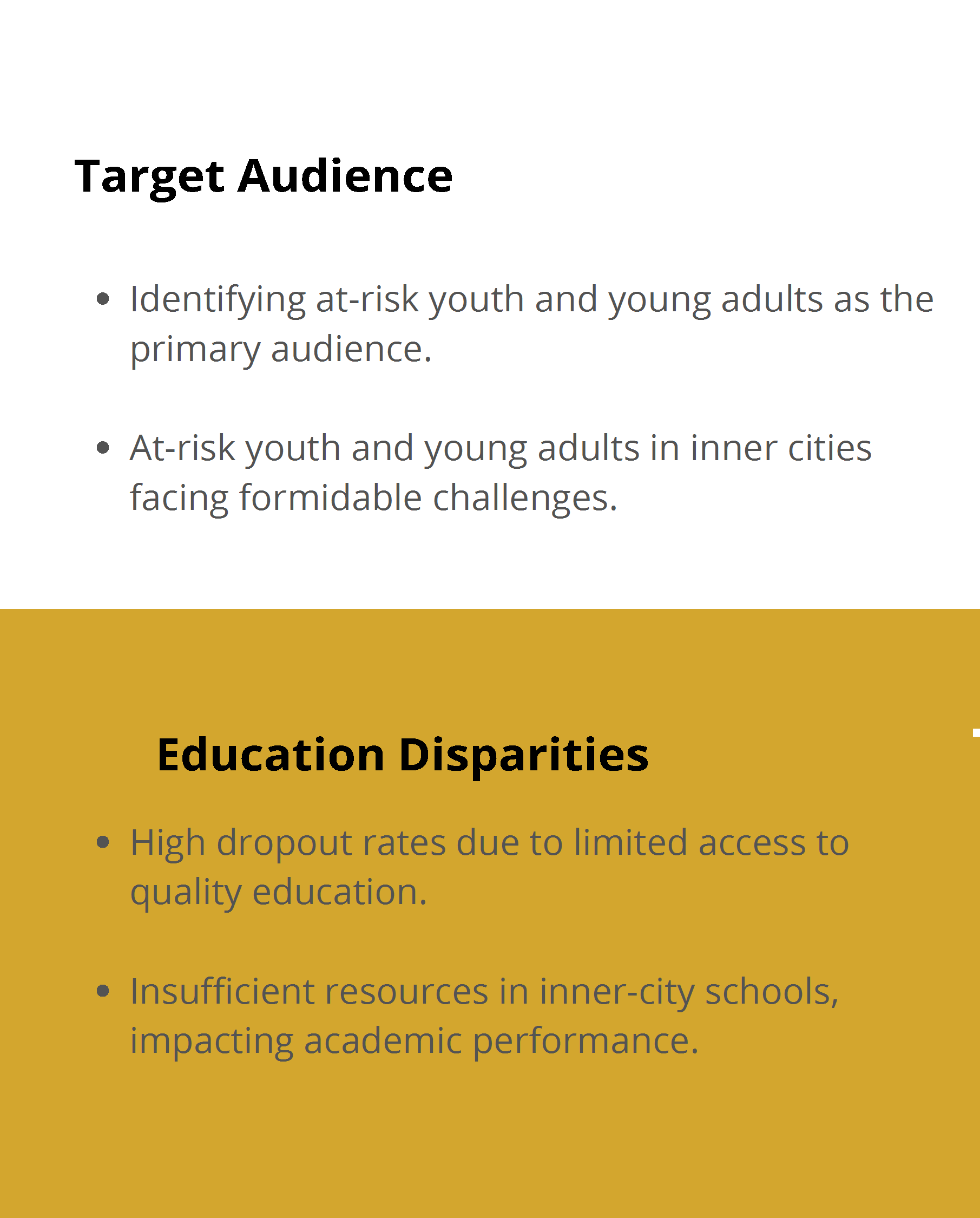

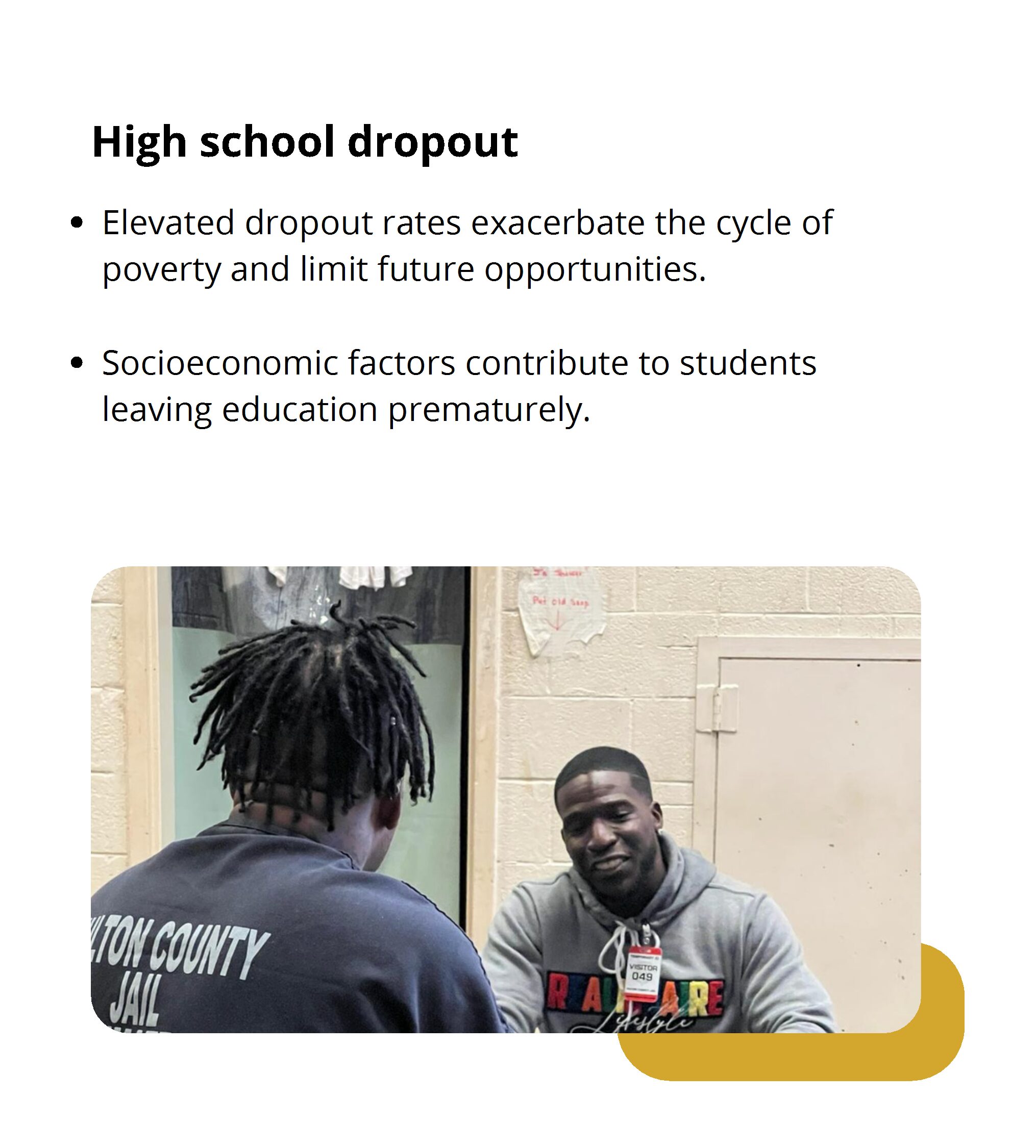
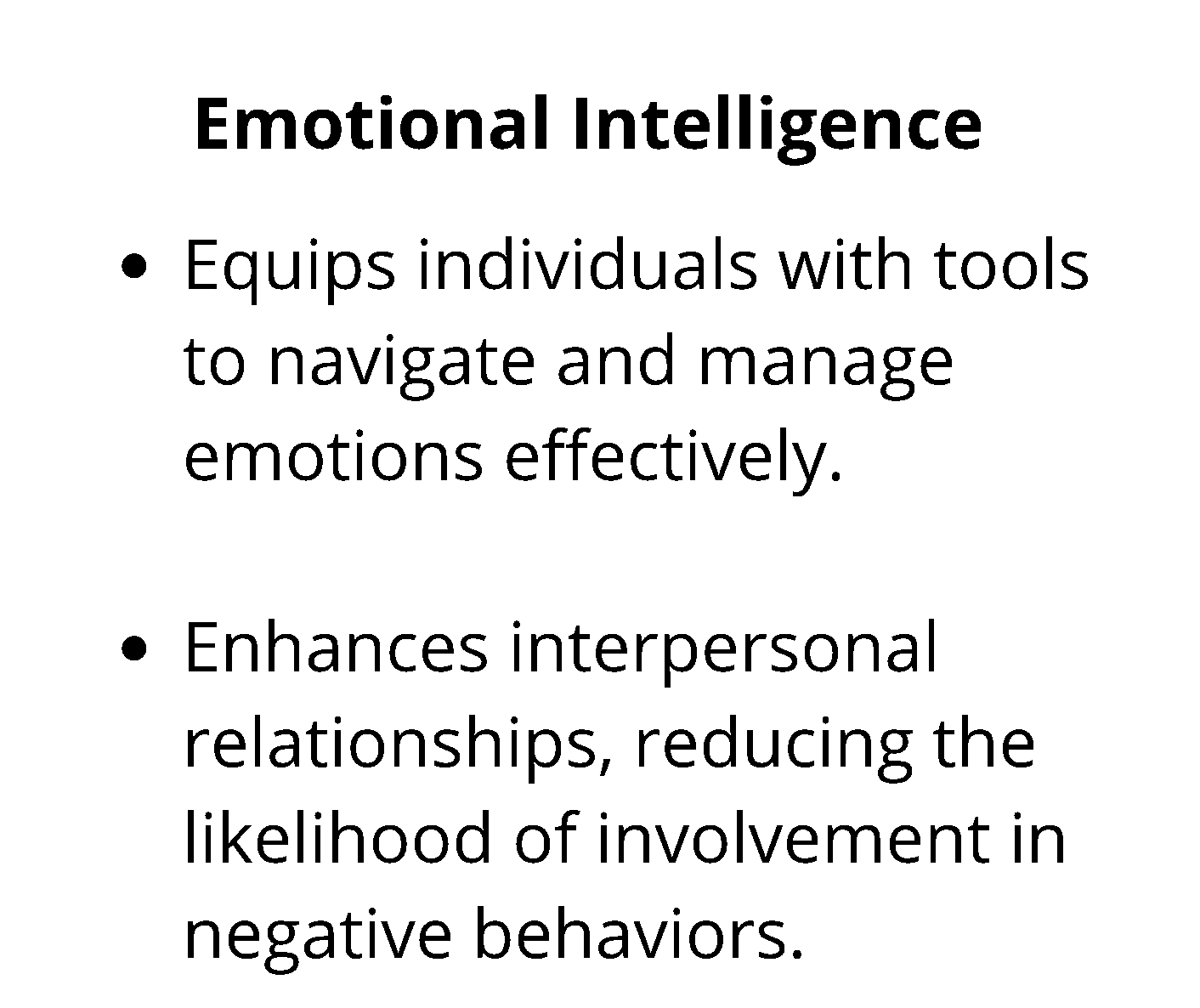
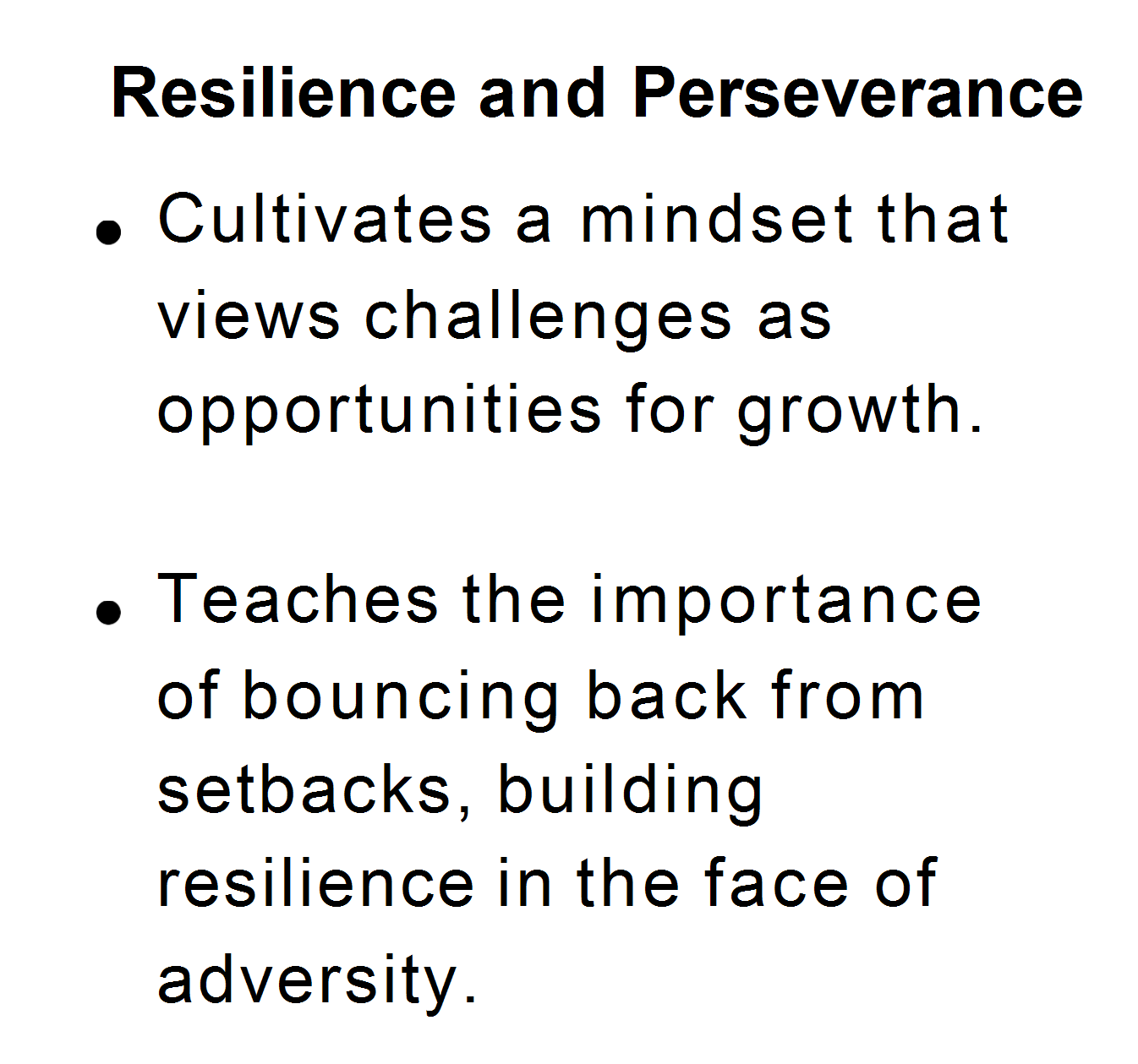
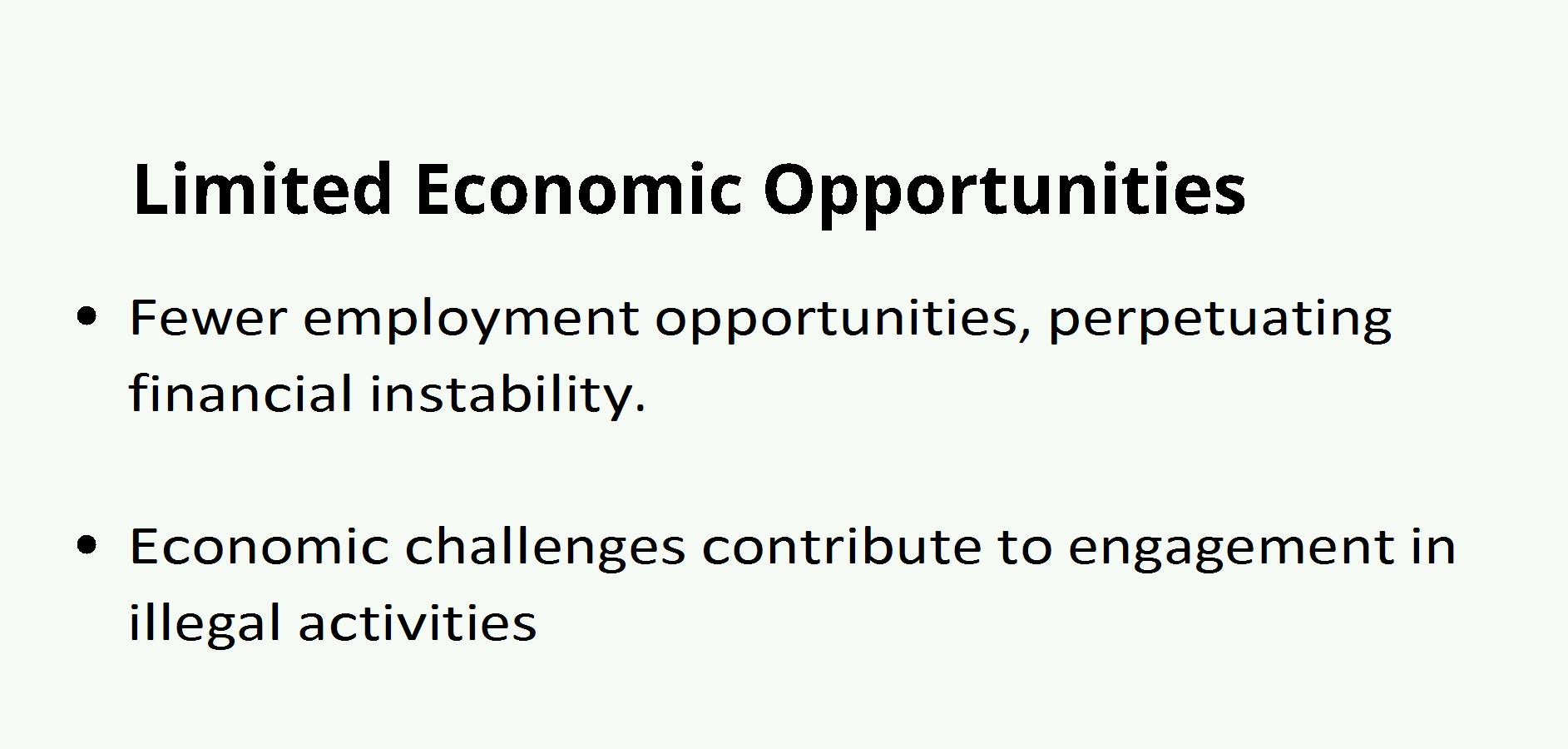


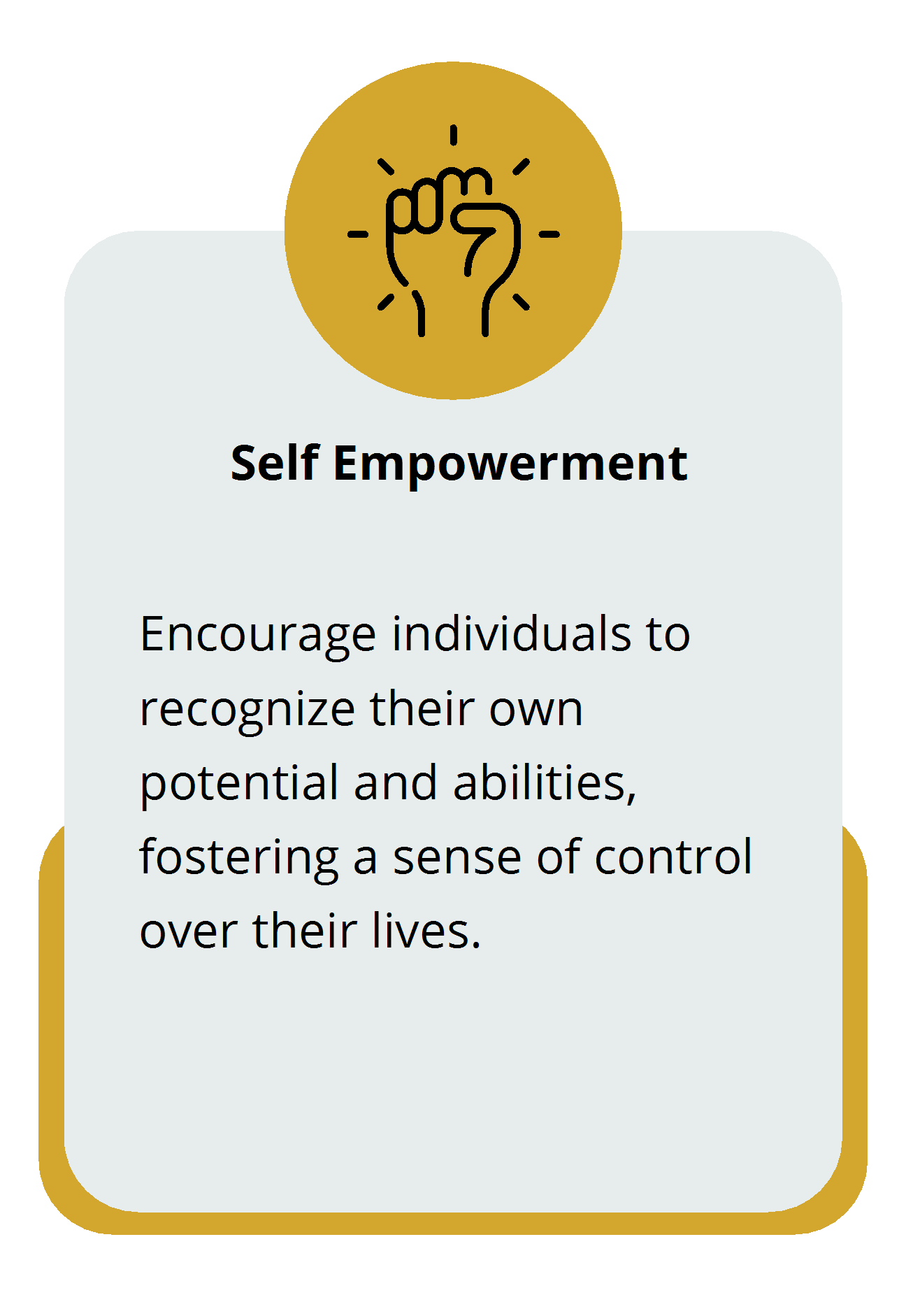
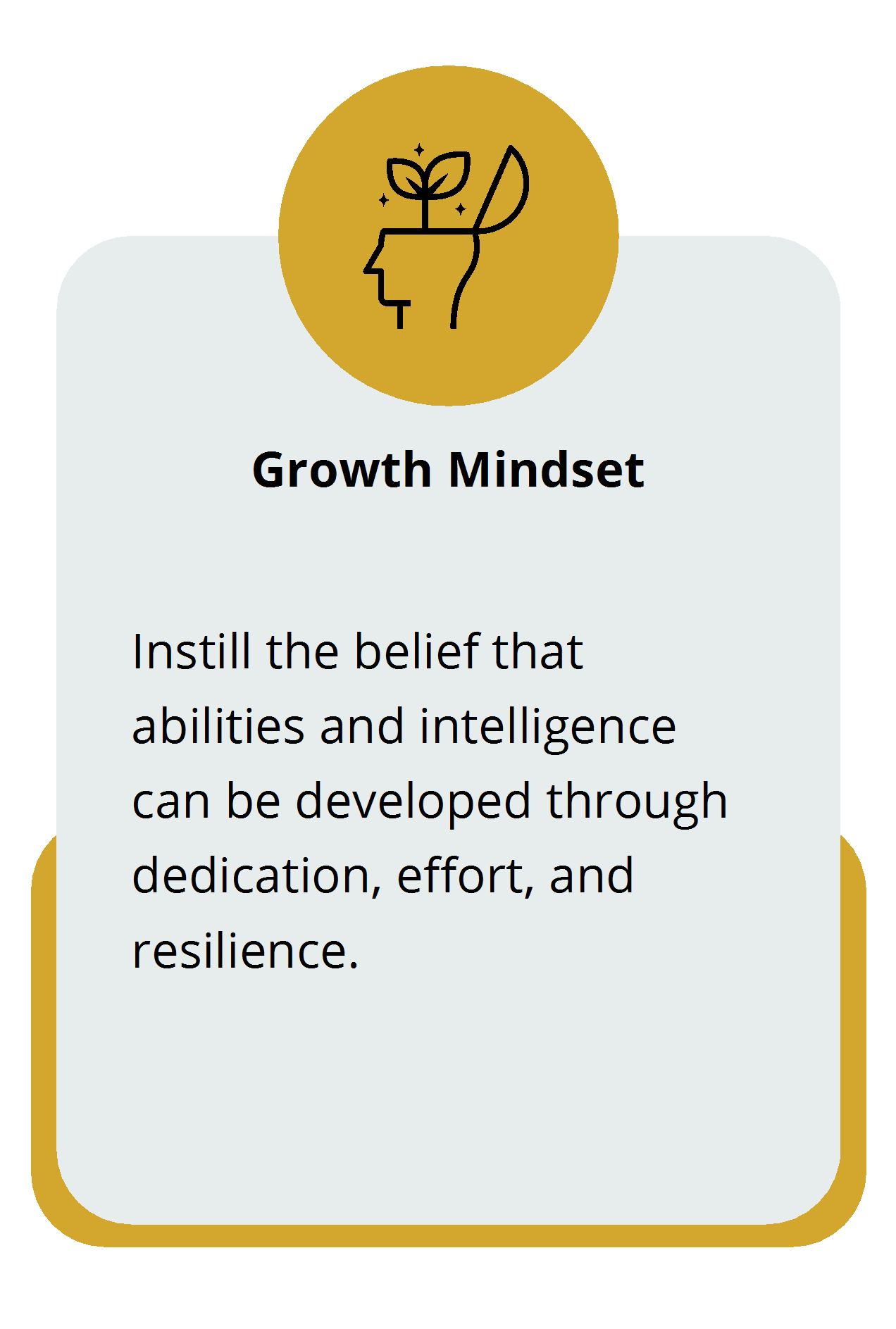

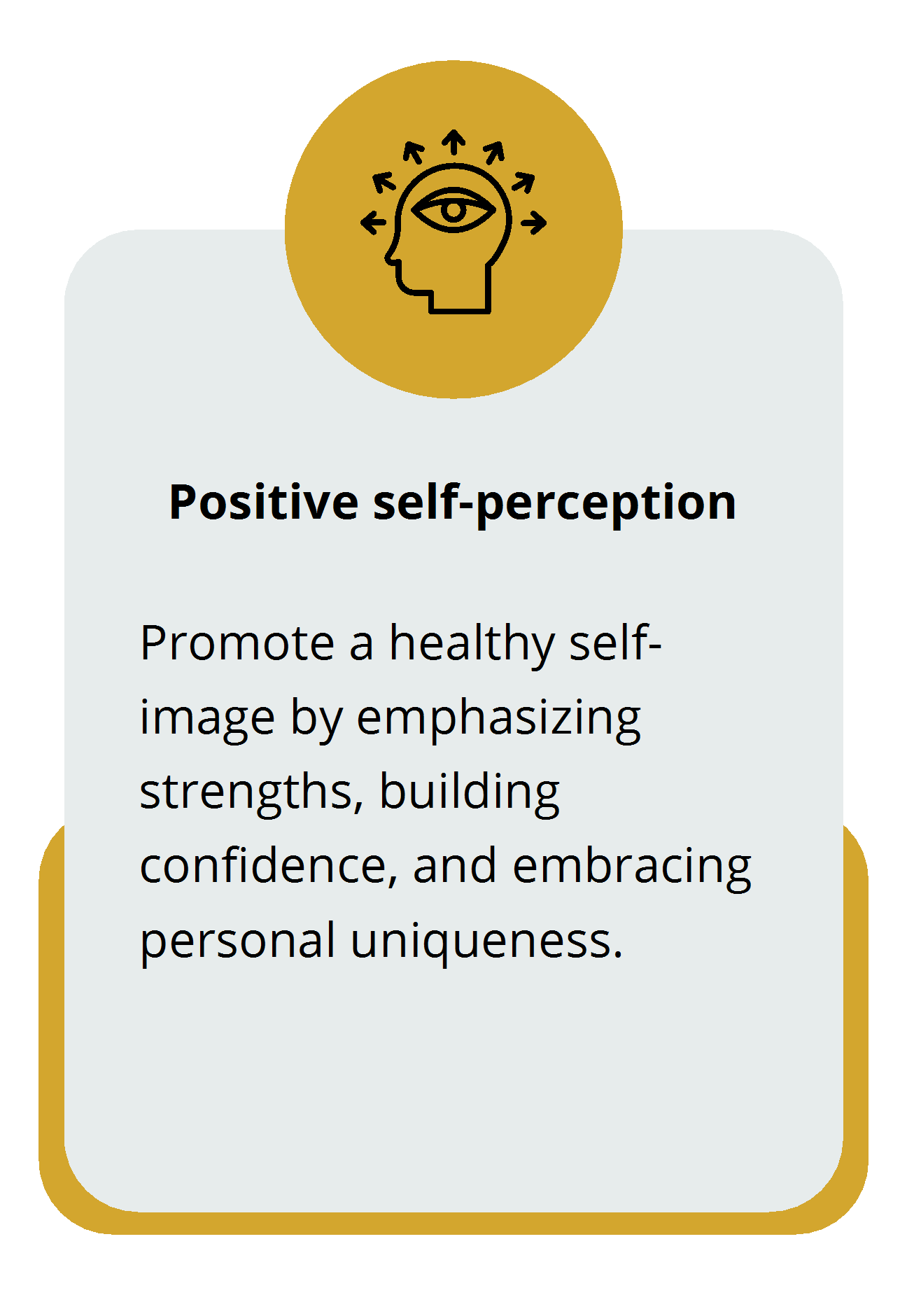
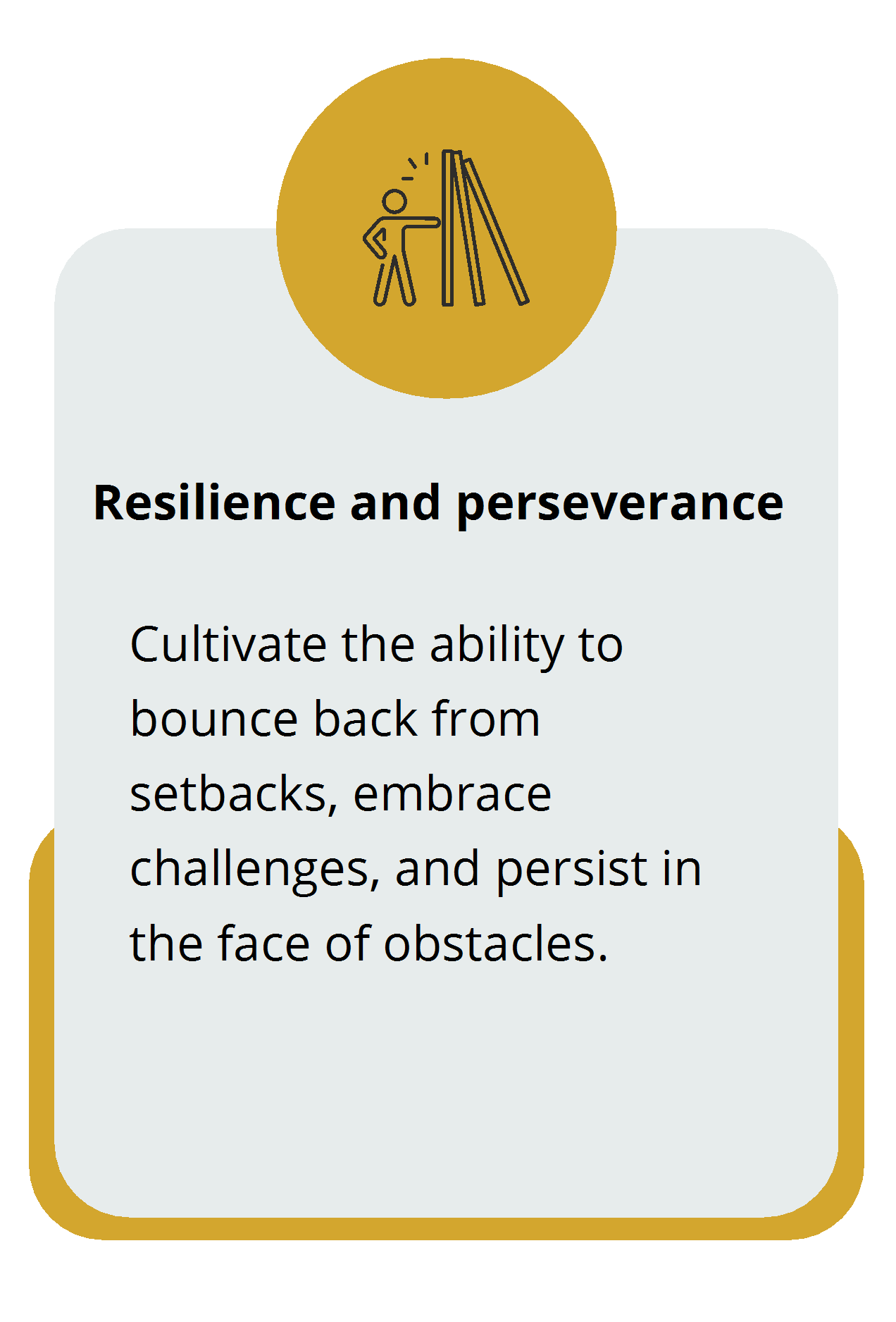
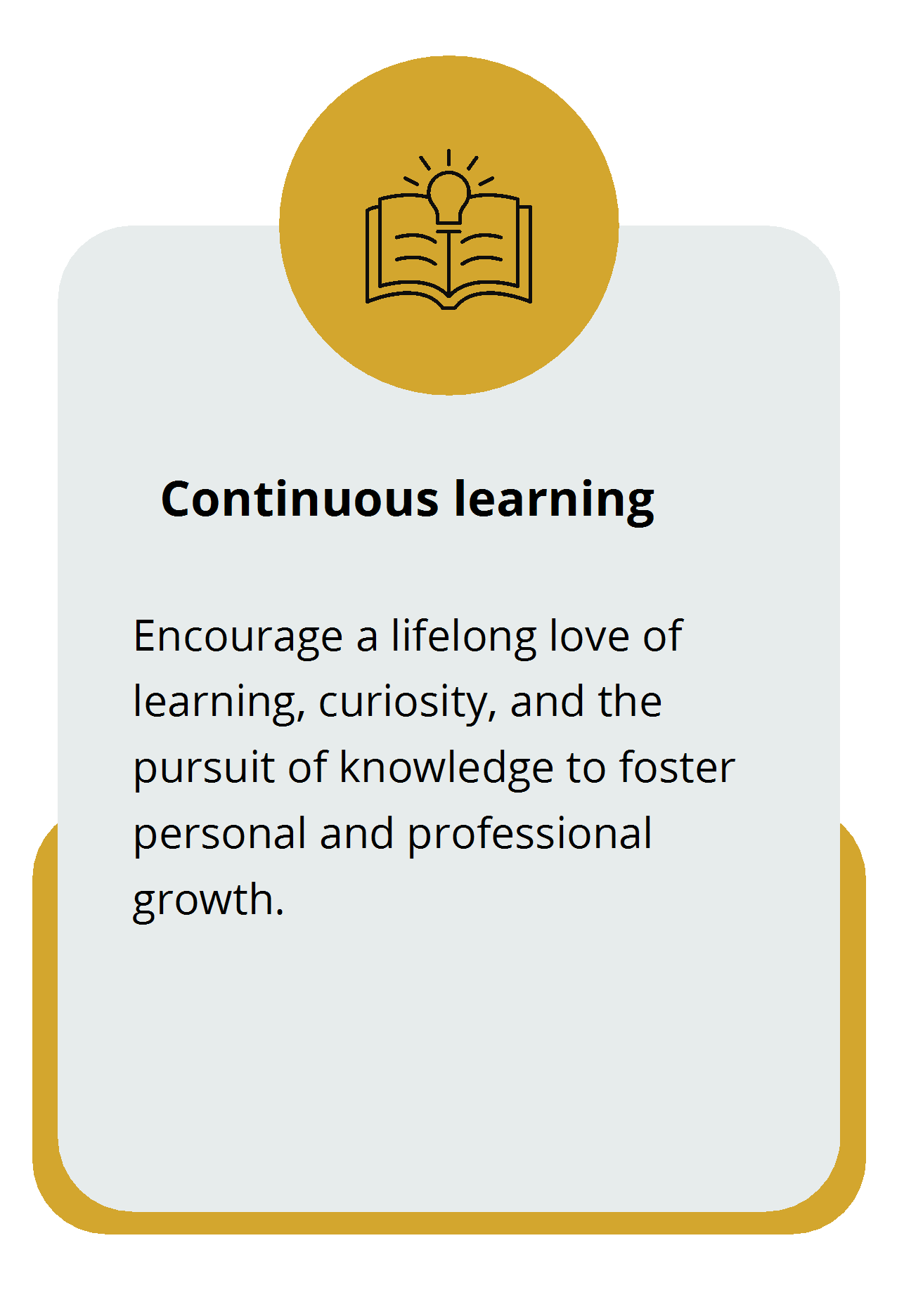

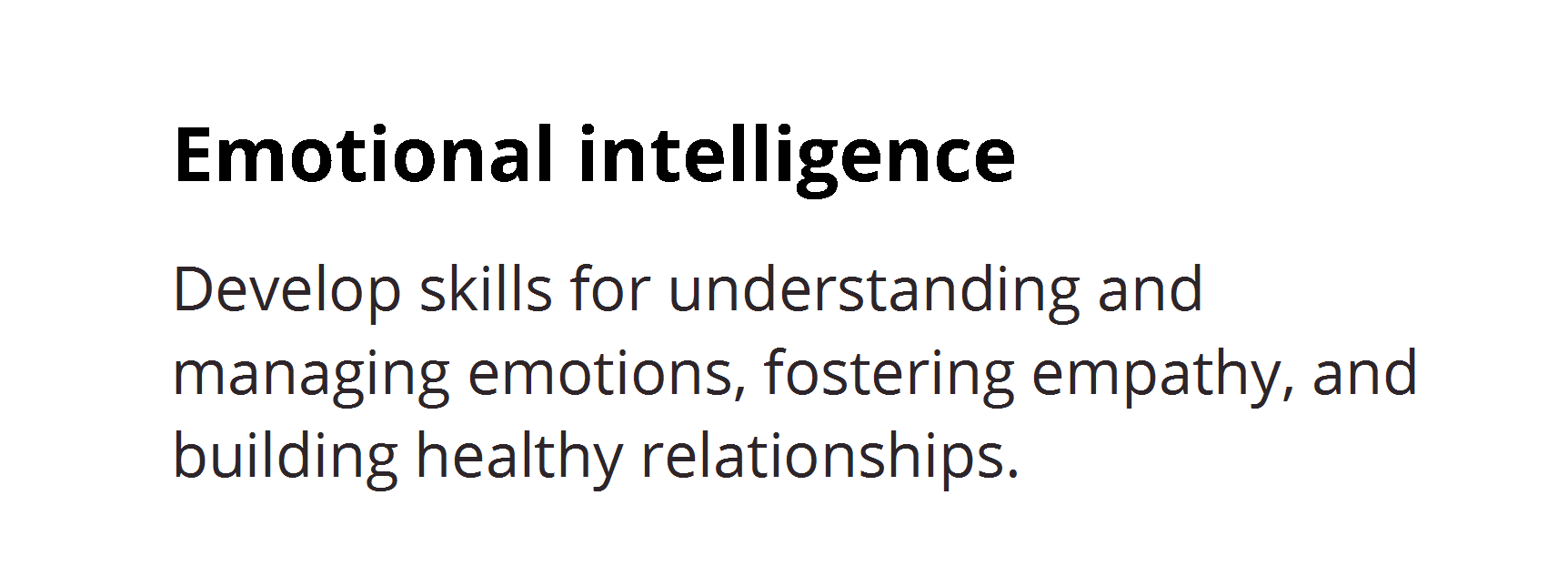


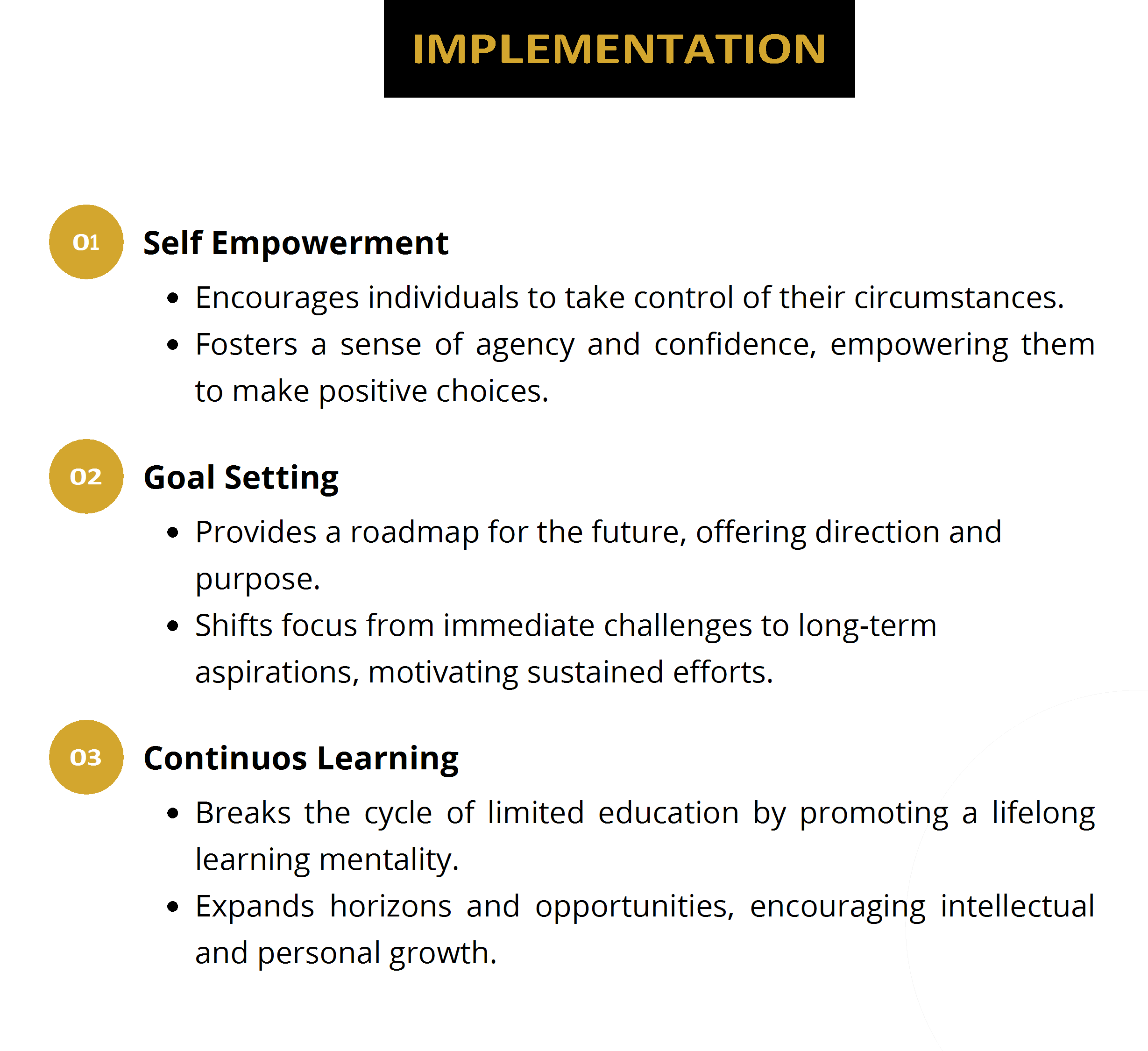


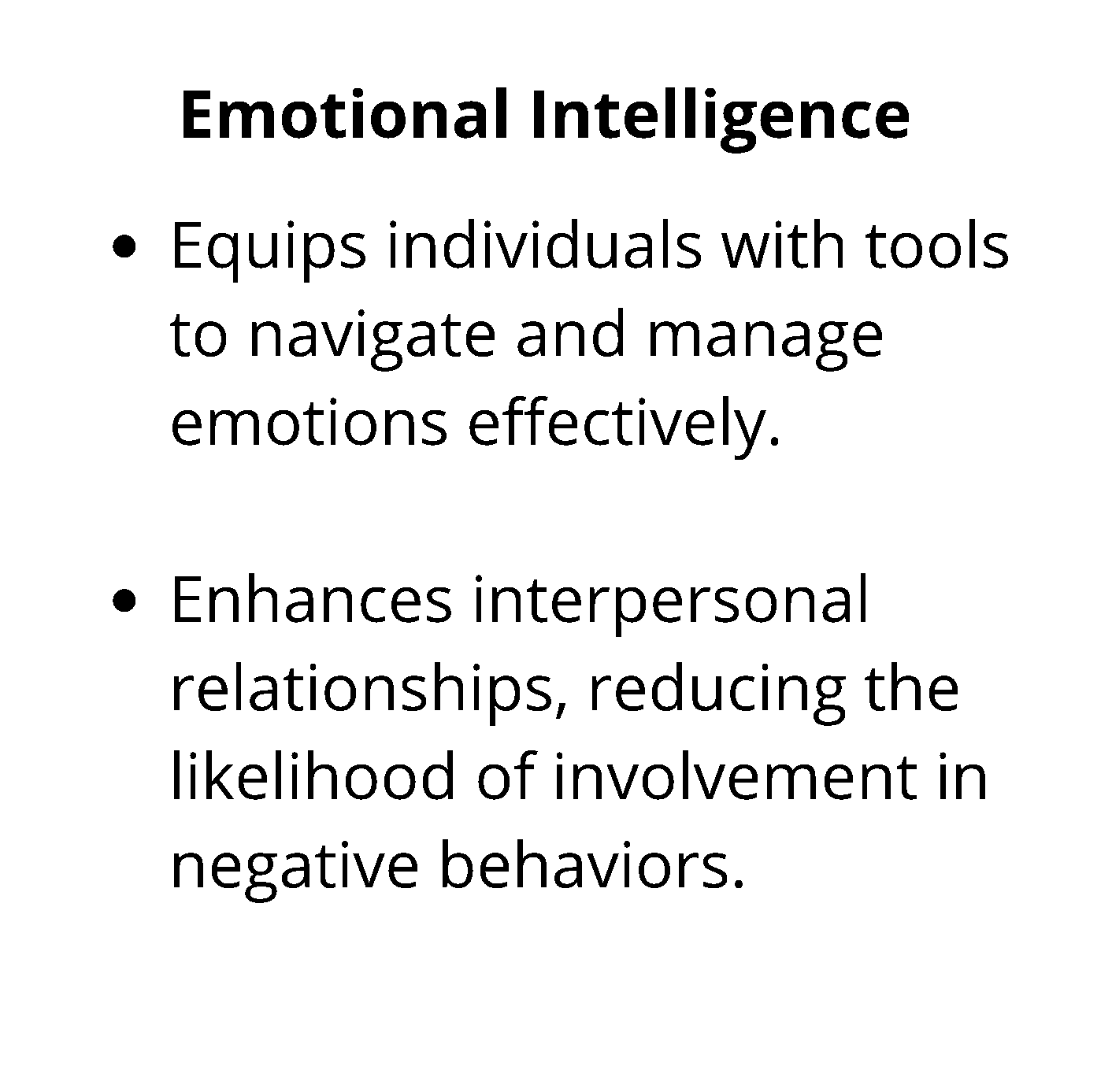

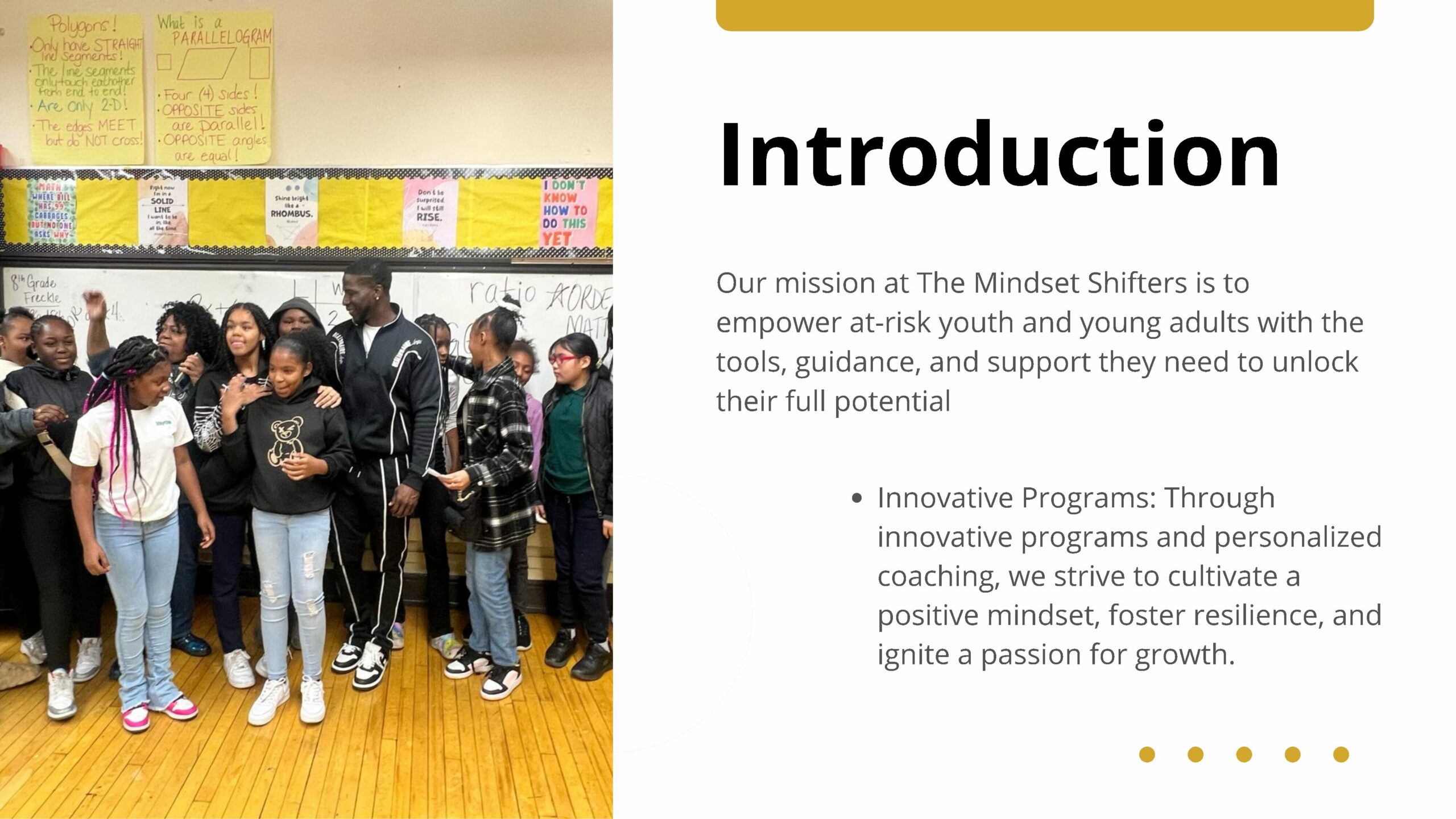
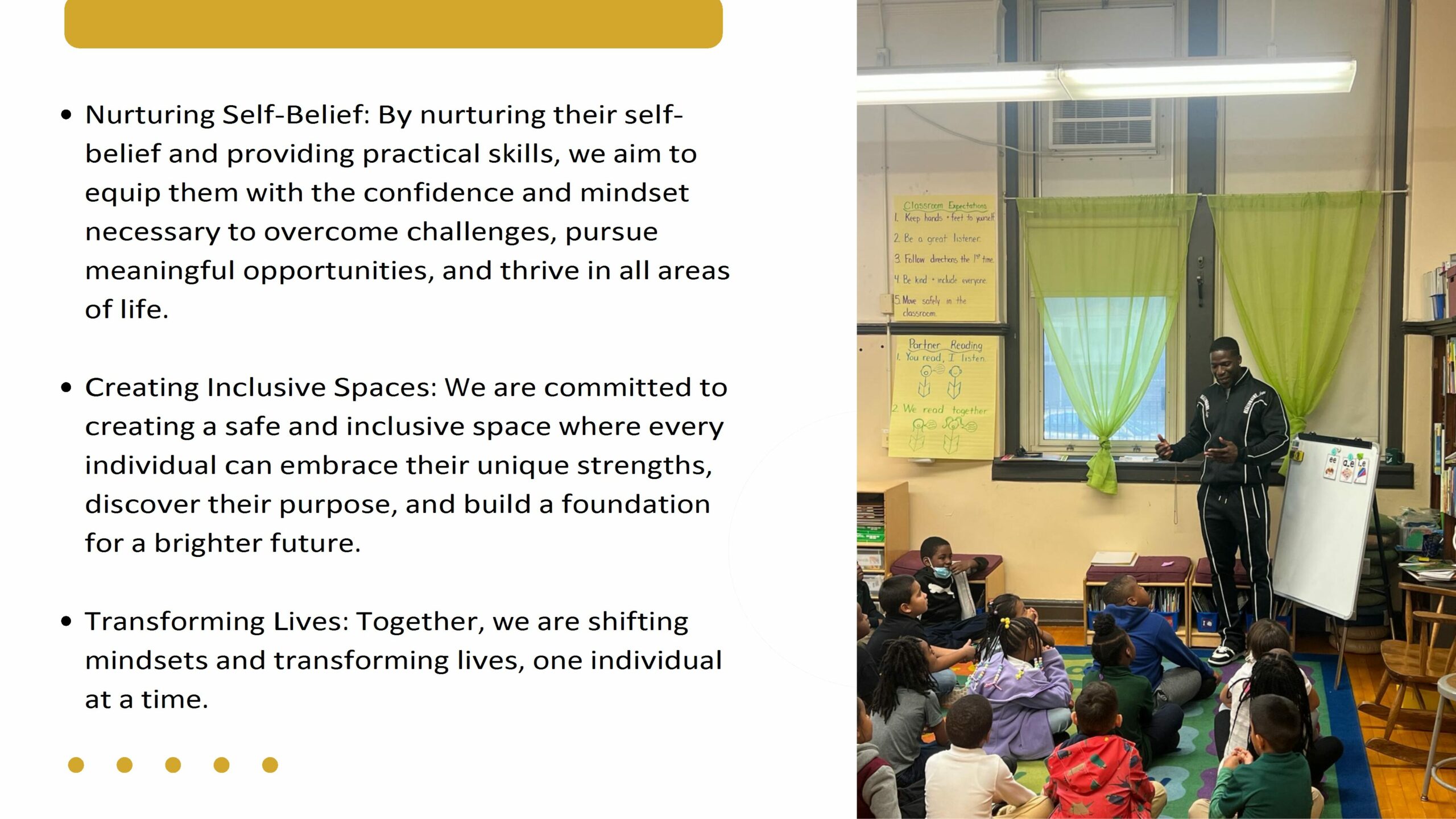



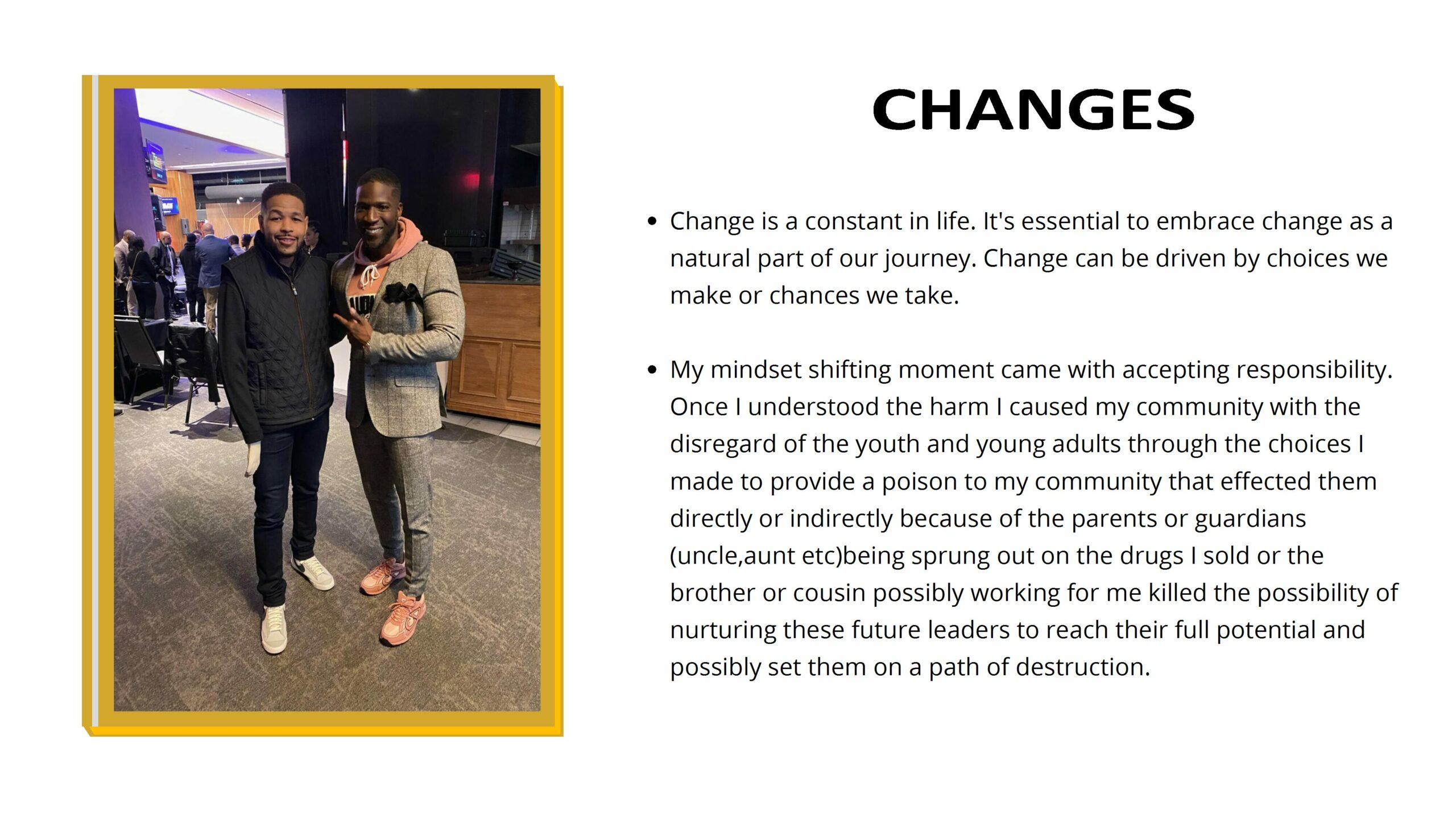
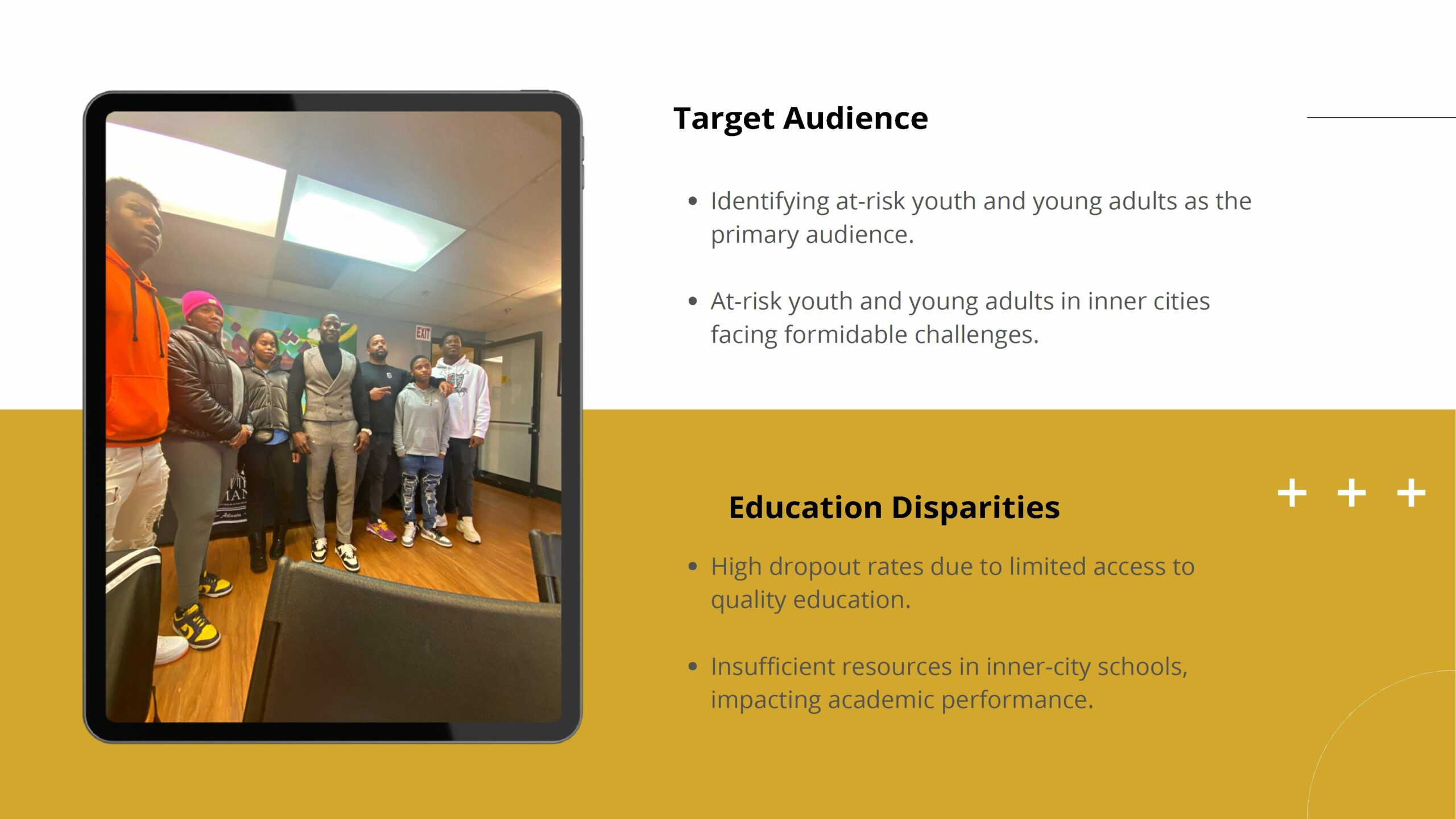
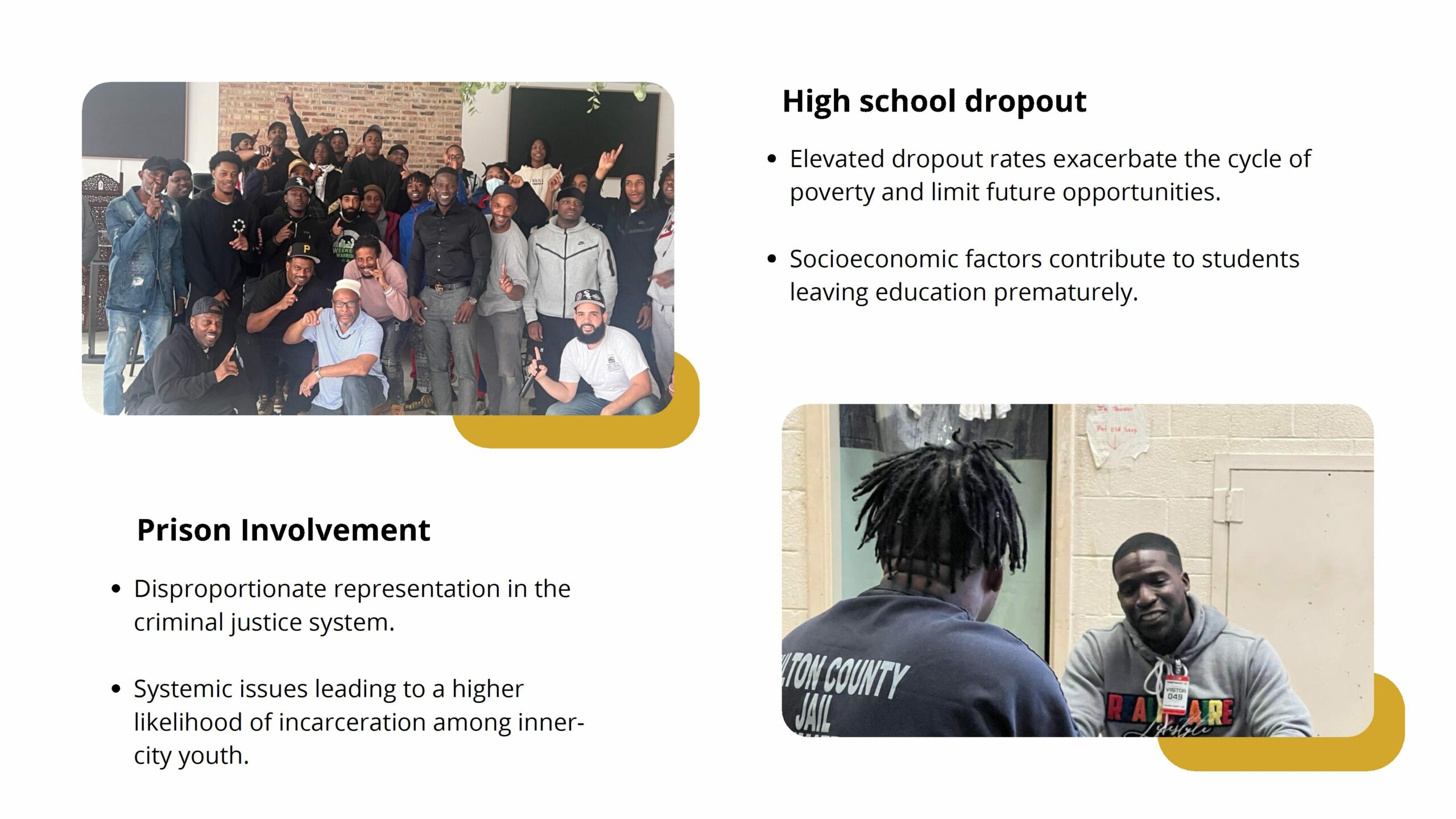
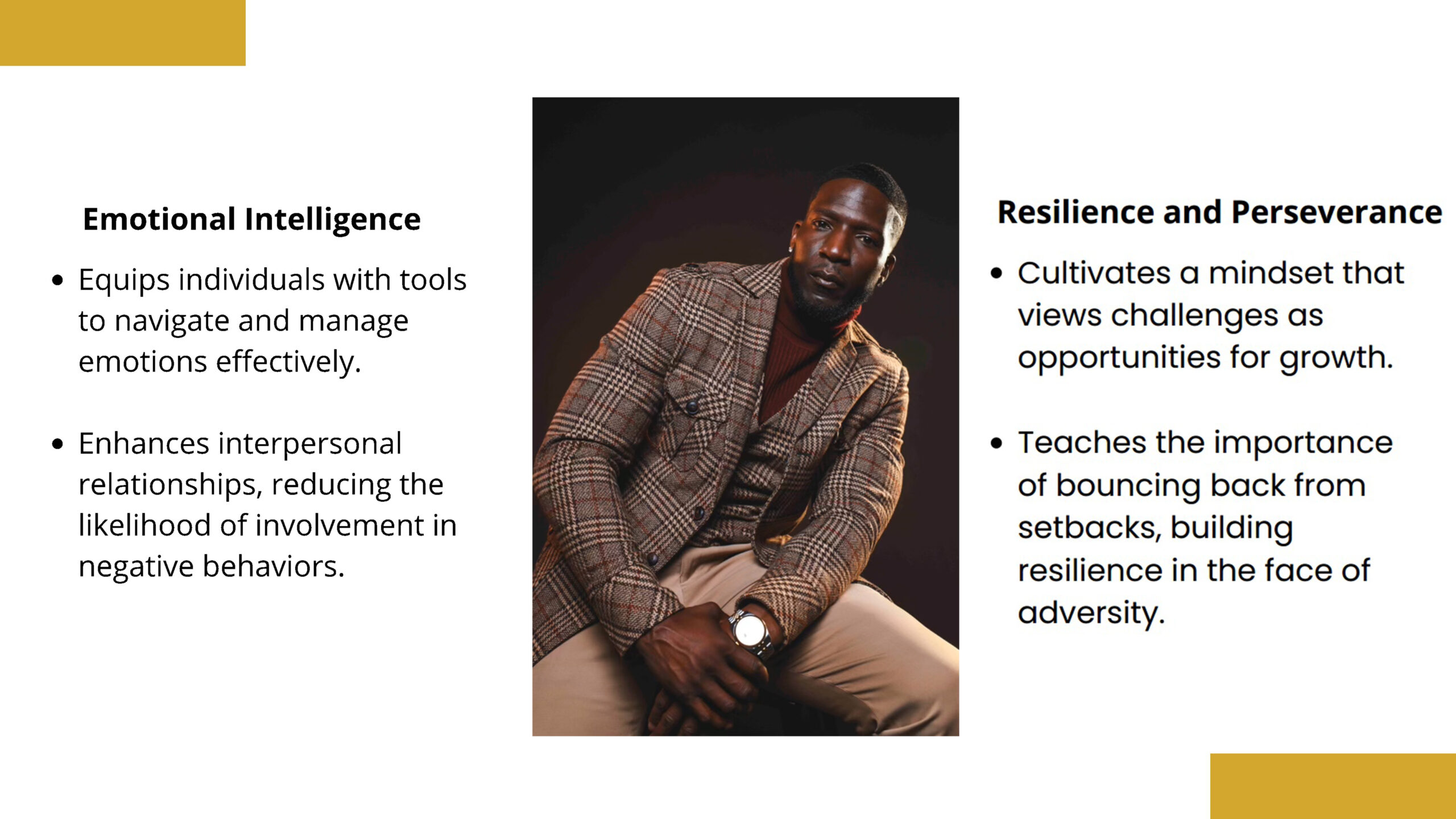

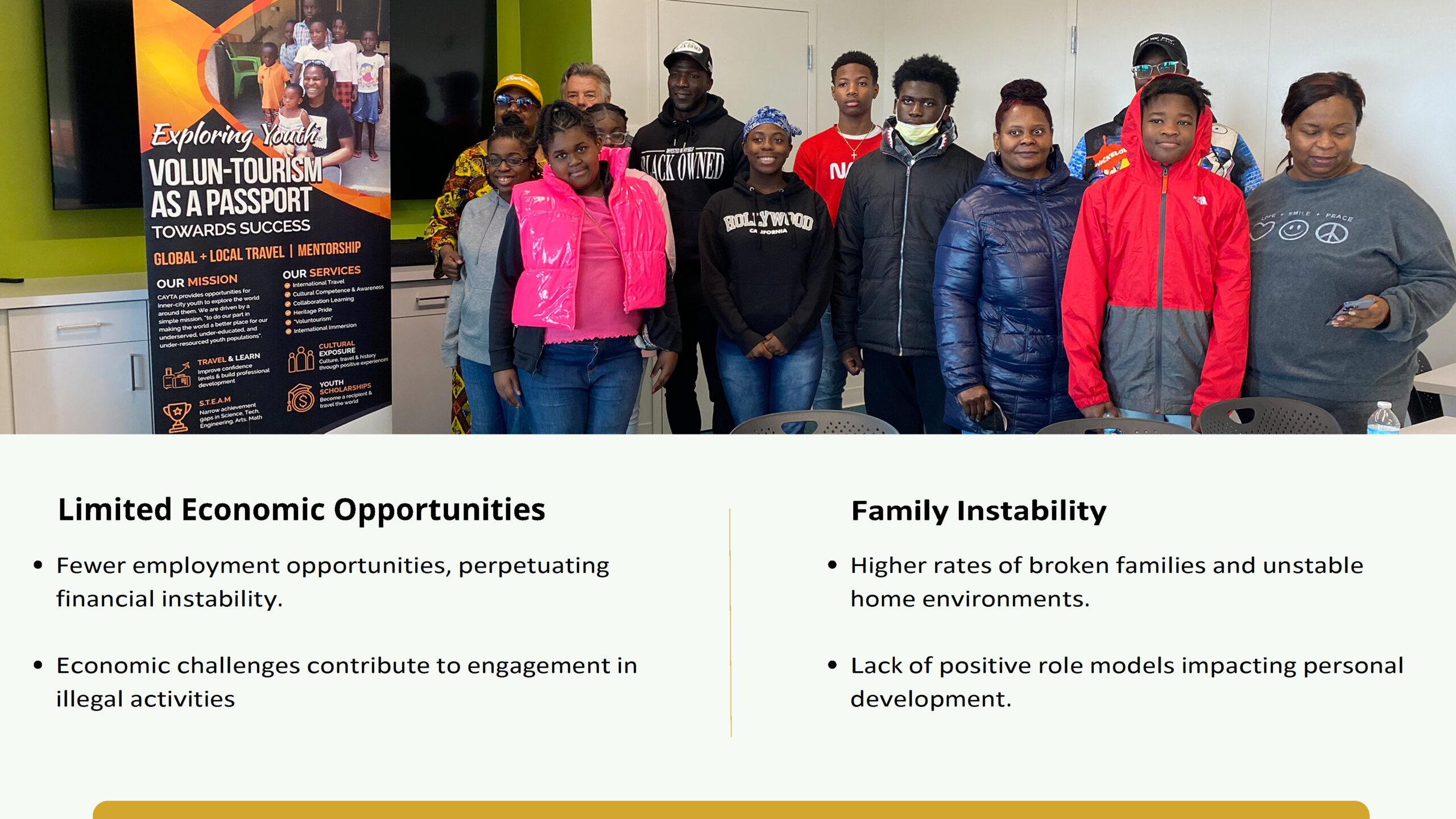
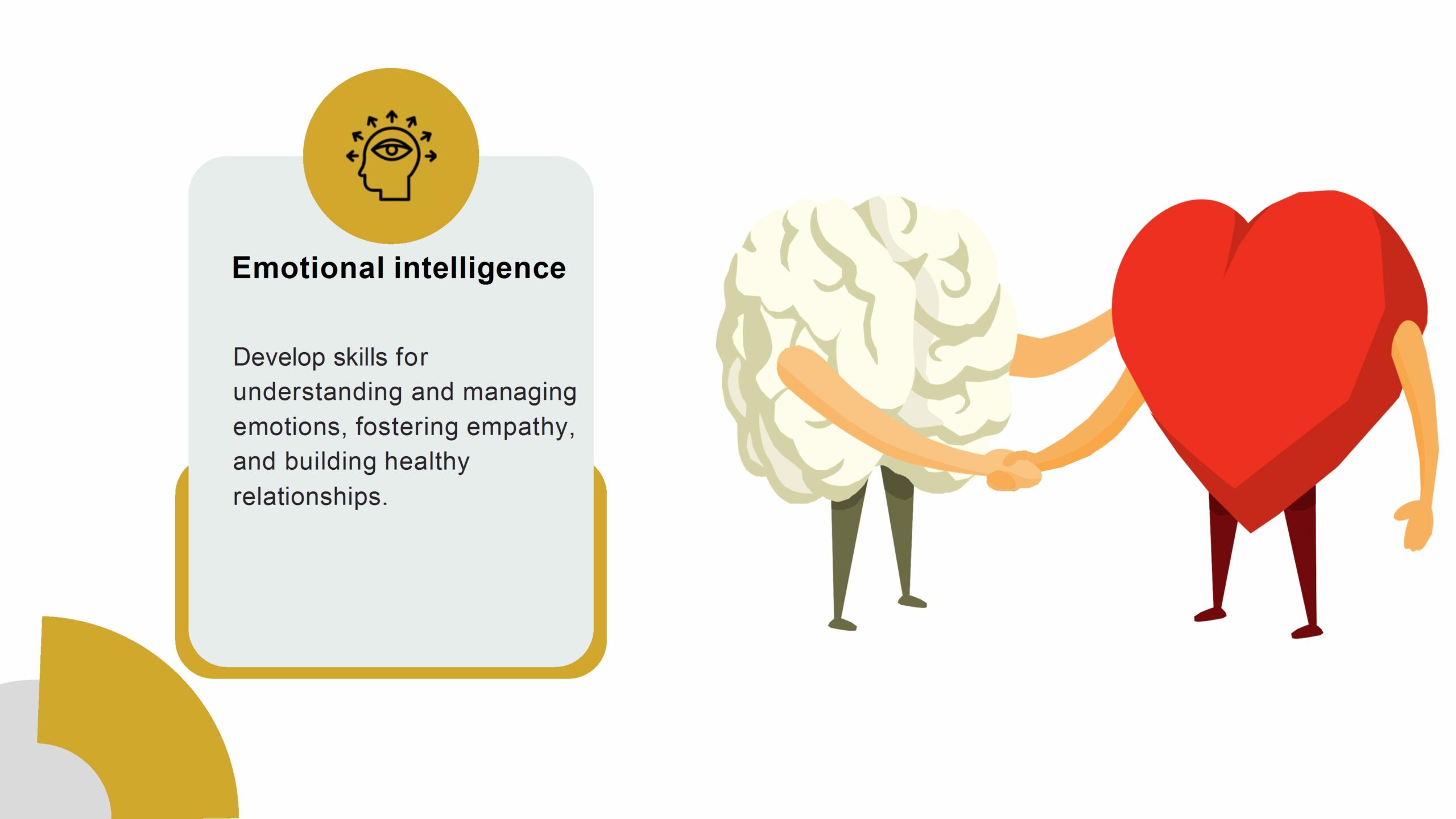
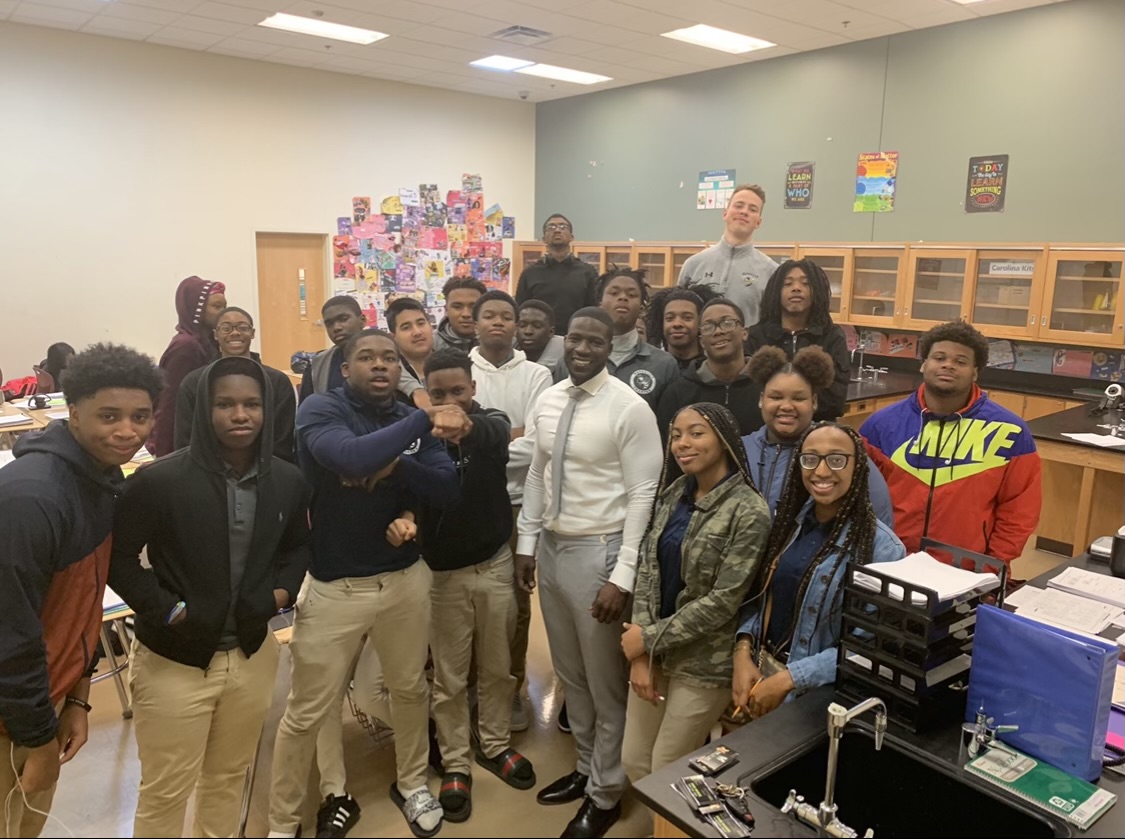
My Story
I am passionate providing at-risk youth with a supportive community, to improve decision-making skills, and increased self-esteem.

Book Us for Our At-Risk Services below
Our programs for at-risk youth provide a supportive community, improved decision-making skills, and increased self-esteem.



Objective:
To reduce recidivism rates and contribute to prison reform by implementing effective rehabilitation programs and reintegration strategies.
PLAN:

Objective:
To reduce recidivism rates and contribute to prison reform by implementing effective rehabilitation programs and reintegration strategies.
PLAN:
1. Assess and Improve Rehabilitation Programs
– Conduct a comprehensive evaluation of existing rehabilitation programs within correctional facilities.
- Identify strengths and weaknesses of current programs.
- Collaborate with experts and organizations to develop evidence-based programs that address the root causes of criminal behavior, including substance abuse, mental health issues, and lack of education or job skills.
- Ensure these programs are accessible to all inmates and tailored to their individual needs.

1. Assess and Improve Rehabilitation Programs
- Conduct a comprehensive evaluation of existing rehabilitation programs within correctional facilities.
- Identify strengths and weaknesses of current programs.
- Collaborate with experts and organizations to develop evidence-based programs that address the root causes of criminal behavior, including substance abuse, mental health issues, and lack of education or job skills.
- Ensure these programs are accessible to all inmates and tailored to their individual needs.

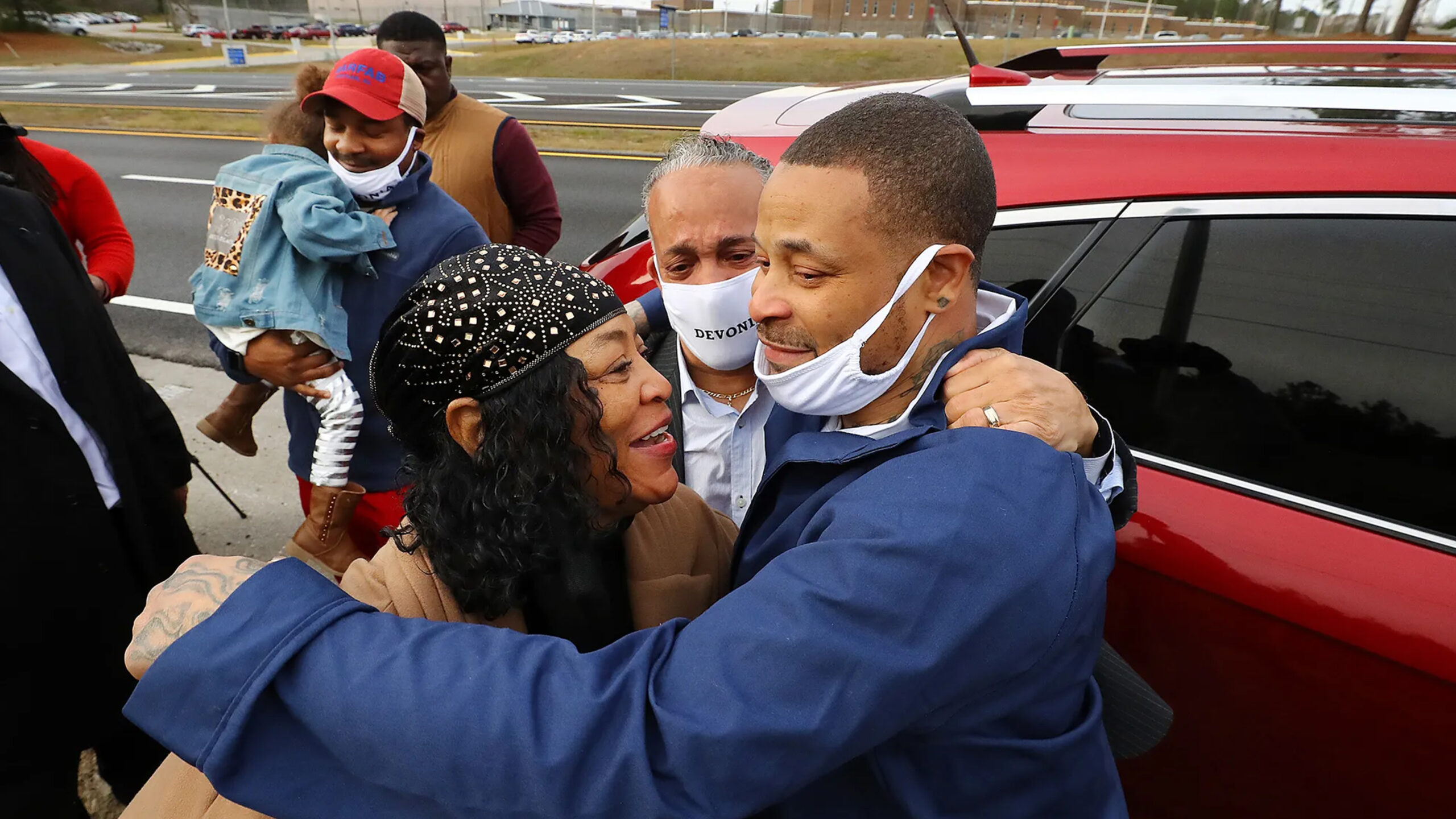
2. Enhance Reentry Support
- Collaborate with community organizations, employers, and educational institutions to create post-release support systems for former inmates, including job placement services, housing assistance, and continued mental health support.
Develop partnerships with probation and parole officers to ensure a smooth transition and continuity of care for individuals reentering society.
Establish pre-release preparation programs that focus on providing inmates with essential life skills, vocational training, and education
2. Enhance Reentry Support
- Collaborate with community organizations, employers, and educational institutions to create post-release support systems for former inmates, including job placement services, housing assistance, and continued mental health support.
Develop partnerships with probation and parole officers to ensure a smooth transition and continuity of care for individuals reentering society.
Establish pre-release preparation programs that focus on providing inmates with essential life skills, vocational training, and education

3. Promote Restorative Justice
Encourage the implementation of restorative justice practices within correctional systems, emphasizing dialogue, accountability, and reconciliation between offenders and victims.
Develop partnerships with probation and parole officers to ensure a smooth transition and continuity of care for individuals reentering society.
Establish pre-release preparation programs that focus on providing inmates with essential life skills, vocational training, and education

3. Promote Restorative Justice
Encourage the implementation of restorative justice practices within correctional systems, emphasizing dialogue, accountability, and reconciliation between offenders and victims.
Develop partnerships with probation and parole officers to ensure a smooth transition and continuity of care for individuals reentering society.
Establish pre-release preparation programs that focus on providing inmates with essential life skills, vocational training, and education


4. Advocacy for Policy Changes
- Collaborate with policymakers, lawmakers, and advocacy groups to push for reforms in sentencing laws, emphasizing alternatives to incarceration for non-violent offenders and focusing on rehabilitation rather than punishment.
- Support efforts to reduce mandatory minimum sentences and promote fair and equitable sentencing practices.
- Advocate for increased funding and resources for rehabilitation programs and reentry support services.
4. Advocacy for Policy Changes
- Collaborate with policymakers, lawmakers, and advocacy groups to push for reforms in sentencing laws, emphasizing alternatives to incarceration for non-violent offenders and focusing on rehabilitation rather than punishment.
- Support efforts to reduce mandatory minimum sentences and promote fair and equitable sentencing practices.
- Advocate for increased funding and resources for rehabilitation programs and reentry support services.

5. Data Collection and Evaluation
- Establish a comprehensive system for tracking and analyzing data related to recidivism rates, program effectiveness, and reintegration outcomes.
- Regularly evaluate and assess the impact of implemented reforms to identify areas for improvement and make evidence-based adjustments to strategies.
- Share findings and best practices with other correctional facilities and jurisdictions to promote knowledge exchange and foster continuous improvement.
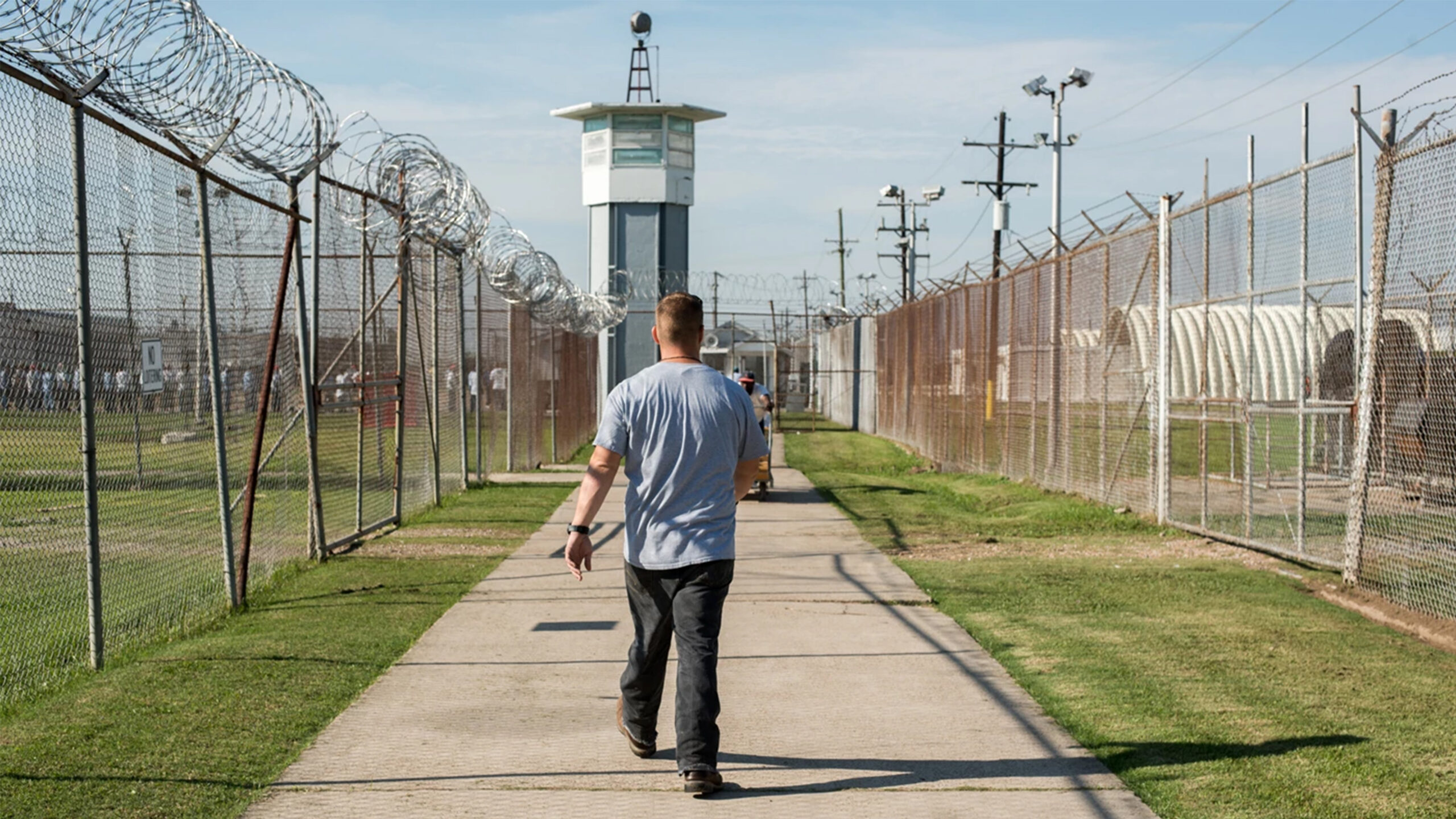
5. Data Collection and Evaluation
- Establish a comprehensive system for tracking and analyzing data related to recidivism rates, program effectiveness, and reintegration outcomes.
- Regularly evaluate and assess the impact of implemented reforms to identify areas for improvement and make evidence-based adjustments to strategies.
- Share findings and best practices with other correctional facilities and jurisdictions to promote knowledge exchange and foster continuous improvement.

Recidivism Factors
Recidivism Factors
1. Socioeconomic Factors
– Conduct a comprehensive evaluation of existing rehabilitation programs within correctional facilities.
- Identify strengths and weaknesses of current programs.
- Collaborate with experts and organizations to develop evidence-based programs that address the root causes of criminal behavior, including substance abuse, mental health issues, and lack of education or job skills.
- Ensure these programs are accessible to all inmates and tailored to their individual needs.


2. Systemic Racism
- Collaborate with community organizations, employers, and educational institutions to create post-release support systems for former inmates, including job placement services, housing assistance, and continued mental health support.
Develop partnerships with probation and parole officers to ensure a smooth transition and continuity of care for individuals reentering society.
Establish pre-release preparation programs that focus on providing inmates with essential life skills, vocational training, and education
2. Systemic Racism
- Collaborate with community organizations, employers, and educational institutions to create post-release support systems for former inmates, including job placement services, housing assistance, and continued mental health support.
Develop partnerships with probation and parole officers to ensure a smooth transition and continuity of care for individuals reentering society.
Establish pre-release preparation programs that focus on providing inmates with essential life skills, vocational training, and education

3. Family and Community Support
Encourage the implementation of restorative justice practices within correctional systems, emphasizing dialogue, accountability, and reconciliation between offenders and victims.
Develop partnerships with probation and parole officers to ensure a smooth transition and continuity of care for individuals reentering society.
Establish pre-release preparation programs that focus on providing inmates with essential life skills, vocational training, and education

3. Family and Community Support
Encourage the implementation of restorative justice practices within correctional systems, emphasizing dialogue, accountability, and reconciliation between offenders and victims.
Develop partnerships with probation and parole officers to ensure a smooth transition and continuity of care for individuals reentering society.
Establish pre-release preparation programs that focus on providing inmates with essential life skills, vocational training, and education

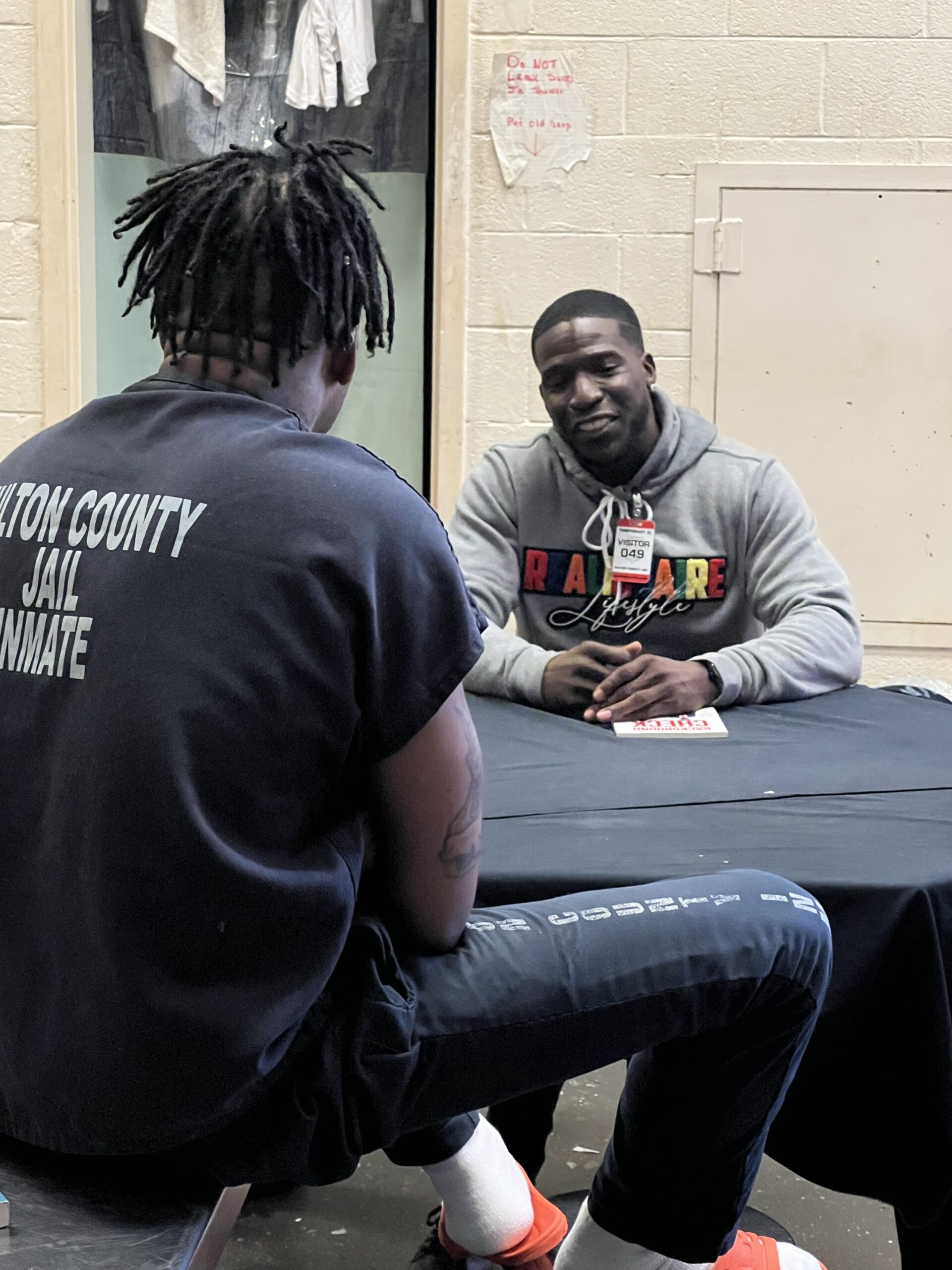
4. Lack of Rehabilitation
- Collaborate with policymakers, lawmakers, and advocacy groups to push for reforms in sentencing laws, emphasizing alternatives to incarceration for non-violent offenders and focusing on rehabilitation rather than punishment.
- Support efforts to reduce mandatory minimum sentences and promote fair and equitable sentencing practices.
- Advocate for increased funding and resources for rehabilitation programs and reentry support services.
4. Lack of Rehabilitation
- Collaborate with policymakers, lawmakers, and advocacy groups to push for reforms in sentencing laws, emphasizing alternatives to incarceration for non-violent offenders and focusing on rehabilitation rather than punishment.
- Support efforts to reduce mandatory minimum sentences and promote fair and equitable sentencing practices.
- Advocate for increased funding and resources for rehabilitation programs and reentry support services.


Plan of action to help with rehabilitation as a recidivism disrupter
Define accountability as the willingness to accept responsibility for one’s actions. Introduce the theme of personal growth, redemption, and the impact of accountability, particularly from the perspective of a man who has been an absentee father due to incarceration.

Plan of action to help with rehabilitation as a recidivism disrupter
Accountability is the willingness to accept responsibility for one’s actions. we will introduce the theme of personal growth, redemption, and the impact of accountability, particularly from the perspective of a man who has been an absentee father due to incarceration.
1. Acknowledging Mistakes
- The importance of recognizing and admitting past mistakes.
- Explore how acknowledging wrongdoing is the first step toward personal accountability.
2. Impact on Family
The profound effects of absentee fatherhood on children and family dynamics.
The role of accountability in rebuilding relationships and trust.
3. Legal Consequences
The connection between accountability and legal consequences.
- Facing the repercussions of one’s actions contributes to personal growth.
4. Prison as a Catalyst for Change
We will discuss the transformative potential of incarceration as an opportunity for self-reflection and rehabilitation.
We explore personal stories of individuals who used their time in prison to turn their lives around.
5. Reintegration into Society
We will highlight the role of accountability in navigating societal perceptions and rebuilding one’s life.
6. Rebuilding Relationships
- We will discuss the steps involved in rebuilding relationships with family, particularly with children.
We will explore the emotional and practical aspects of reconnecting with loved ones.
7. Community Support
We will emphasize the importance of community support in the rehabilitation process.
We will discuss programs and initiatives that foster accountability and provide assistance to individuals seeking redemption.
8. Breaking the Cycle:
We will the potential for breaking the cycle of absentee fatherhood through accountability.
Incorporation of mentoring programs and initiatives that aim to support individuals in making positive life choices.
1. Acknowledging Mistakes
- The importance of recognizing and admitting past mistakes.
- Explore how acknowledging wrongdoing is the first step toward personal accountability.
2. Impact on Family
-
The profound effects of absentee fatherhood on children and family dynamics.
-
The role of accountability in rebuilding relationships and trust.
3. Legal Consequences
-
The connection between accountability and legal consequences.
- Facing the repercussions of one’s actions contributes to personal growth.
4. Prison as a Catalyst for Change
-
We will discuss the transformative potential of incarceration as an opportunity for self-reflection and rehabilitation.
-
We explore personal stories of individuals who used their time in prison to turn their lives around.
5. Reintegration into Society
-
We will highlight the role of accountability in navigating societal perceptions and rebuilding one’s life.
6. Rebuilding Relationships
- We will discuss the steps involved in rebuilding relationships with family, particularly with children.
-
We will explore the emotional and practical aspects of reconnecting with loved ones.
7. Community Support
-
We will emphasize the importance of community support in the rehabilitation process.
-
We will discuss programs and initiatives that foster accountability and provide assistance to individuals seeking redemption.
8. Breaking the Cycle
-
We will the potential for breaking the cycle of absentee fatherhood through accountability.
-
Incorporation of mentoring programs and initiatives that aim to support individuals in making positive life choices.
Prison mentoring programs and initiatives
We aim to support individuals in making positive life choices.
Prison mentoring programs and initiatives
We aim to support individuals in making positive life choices.
